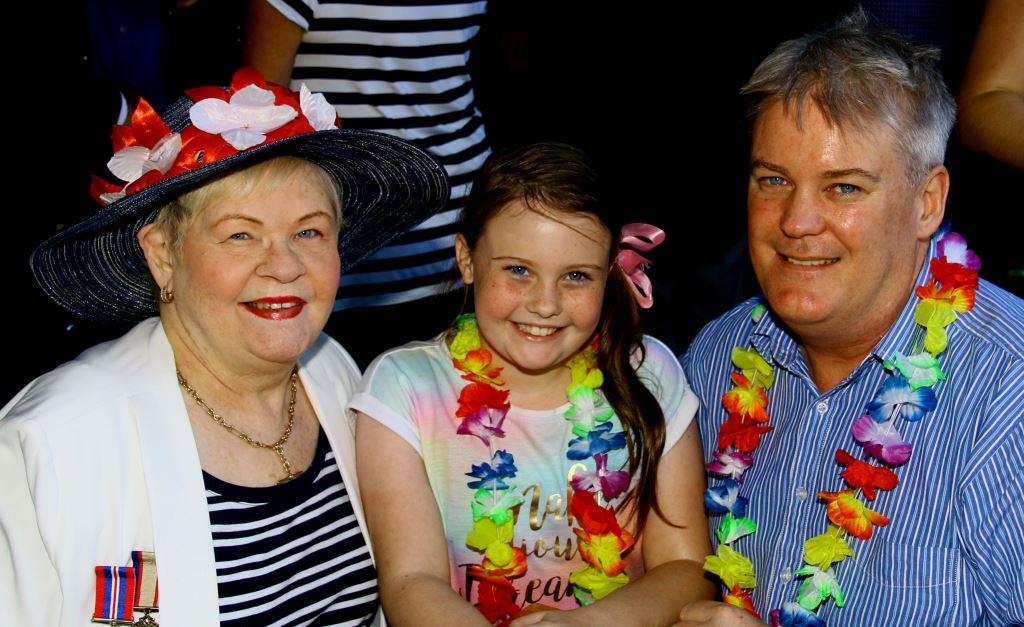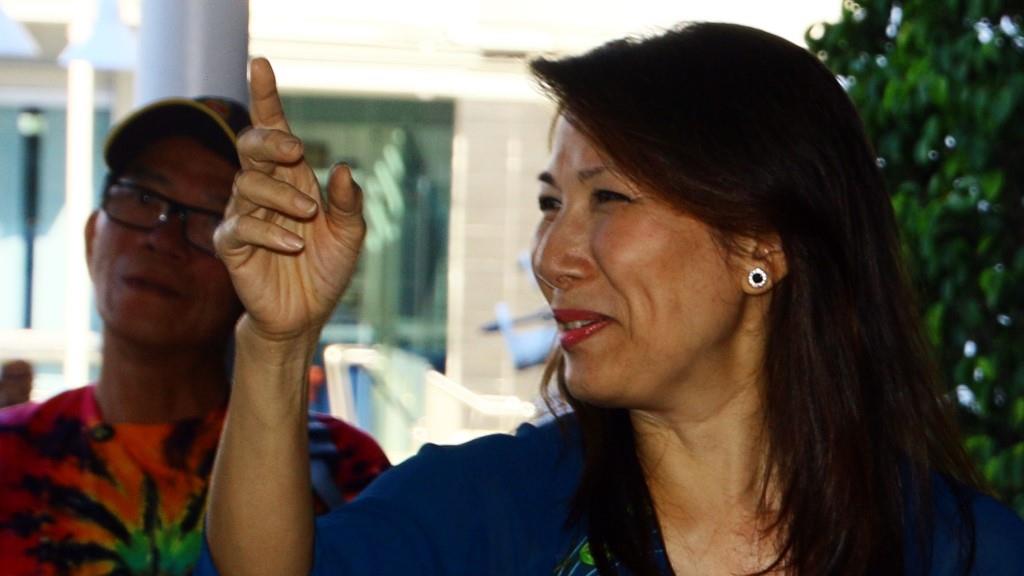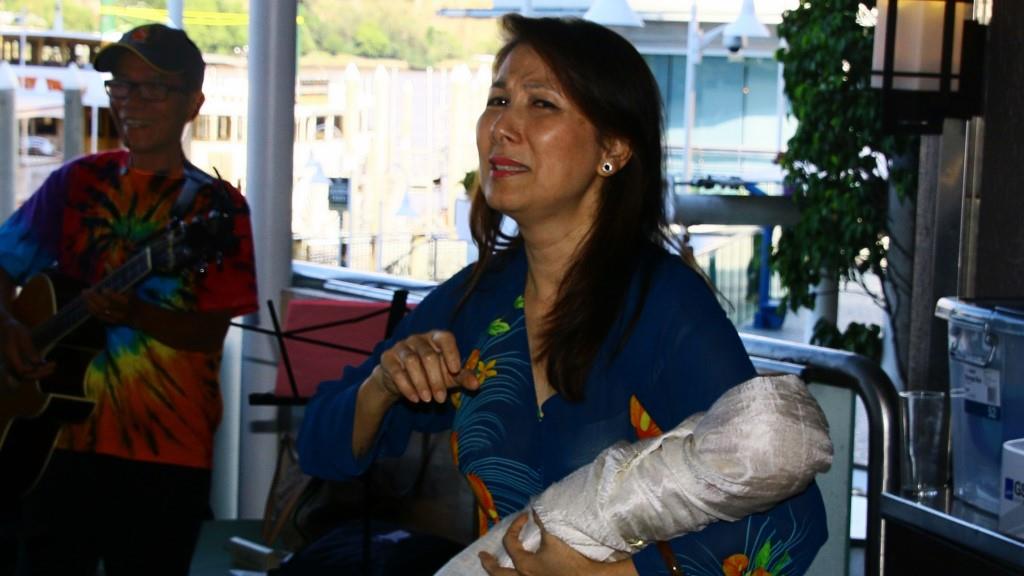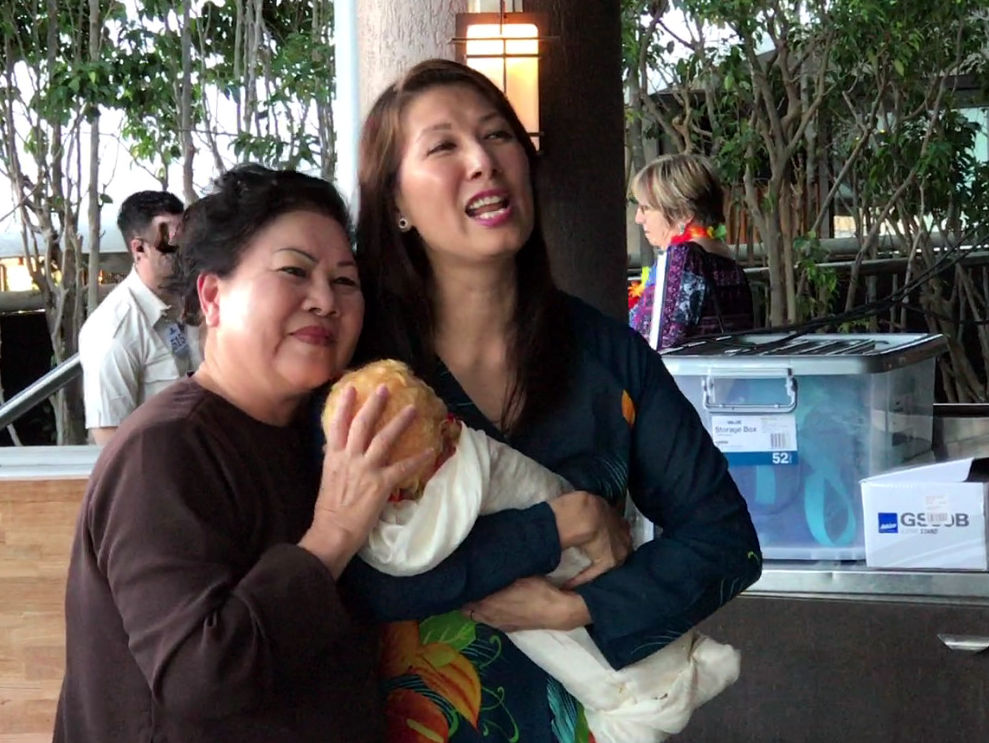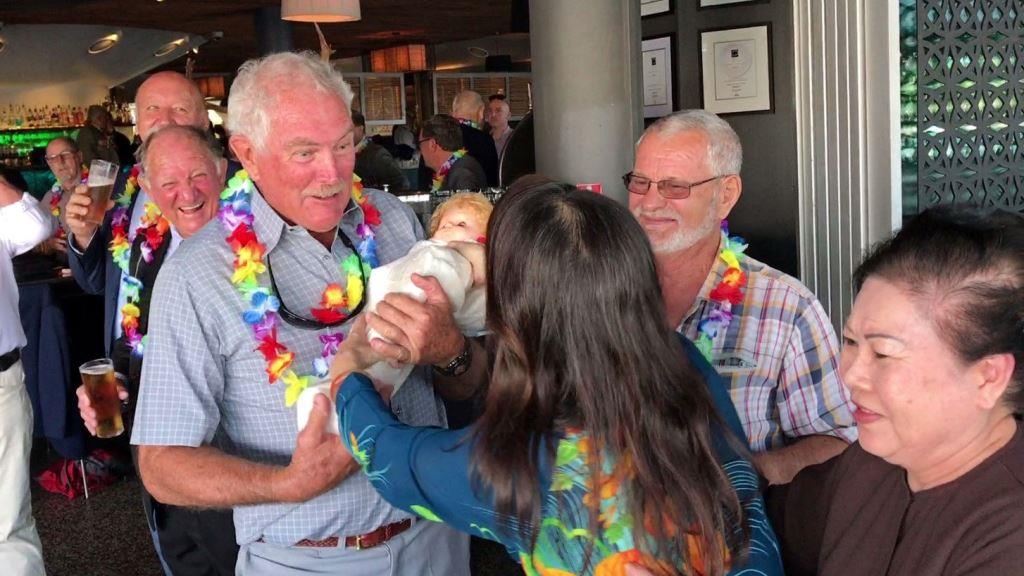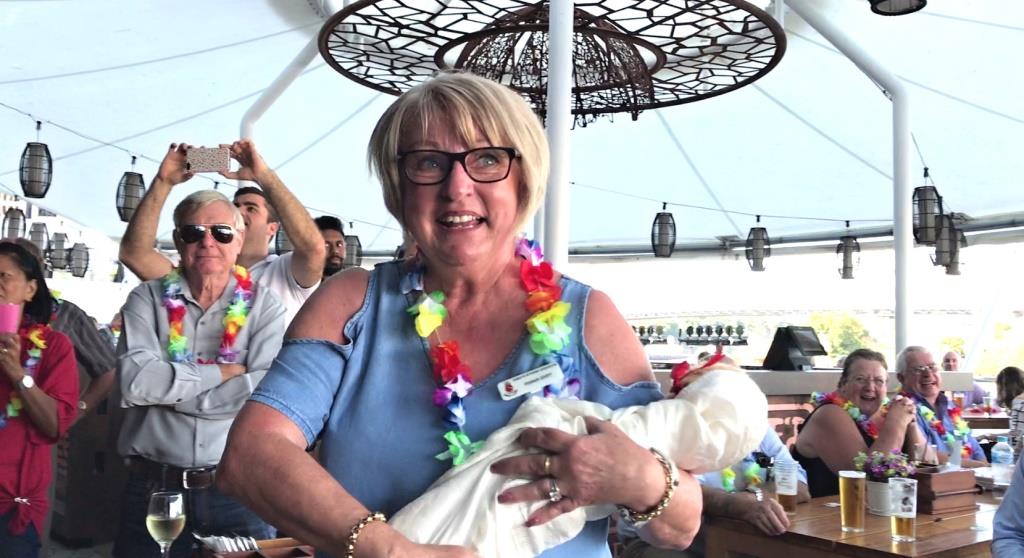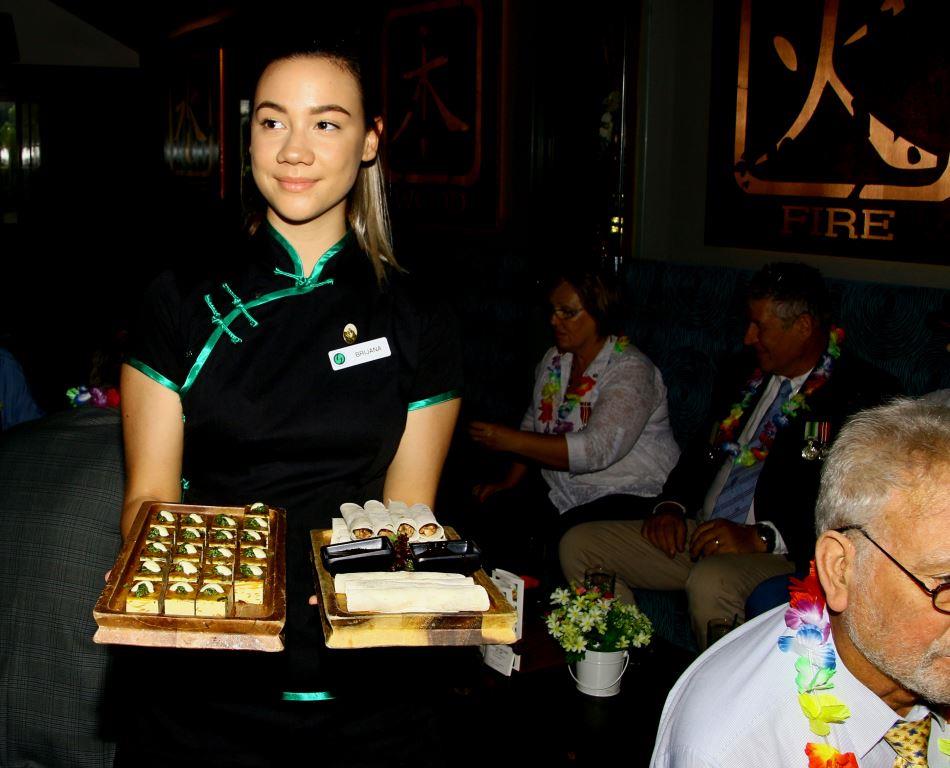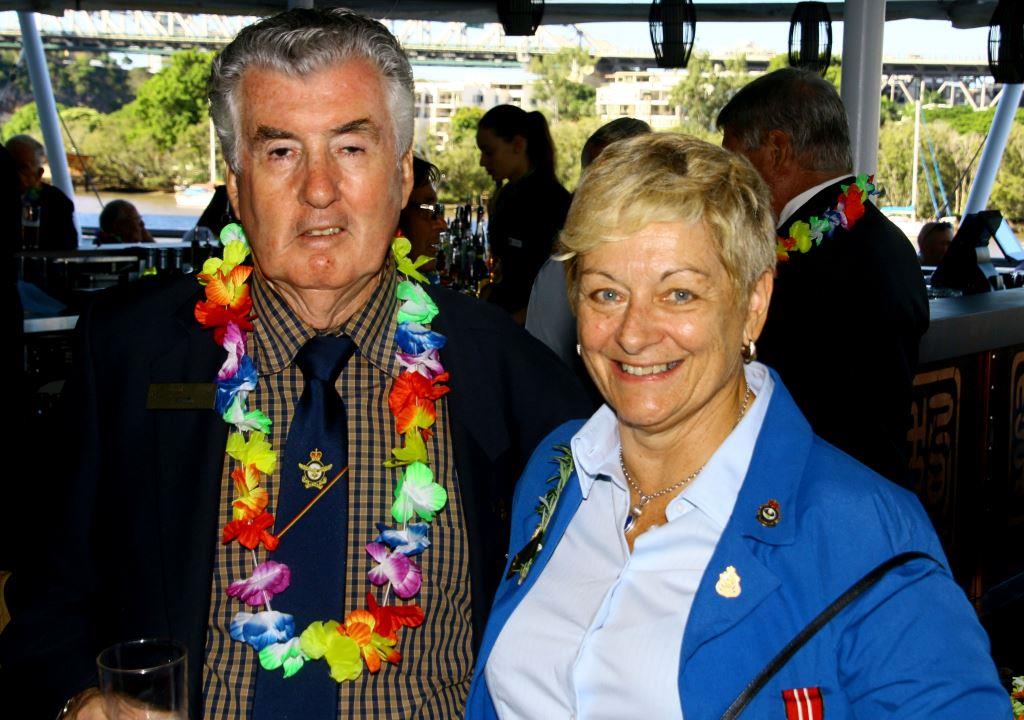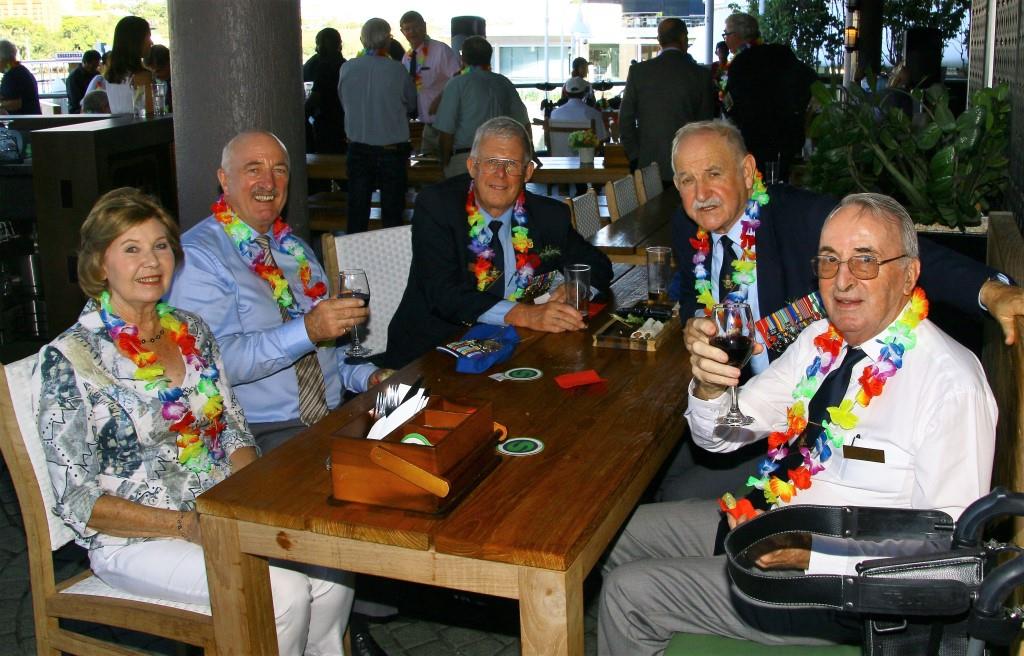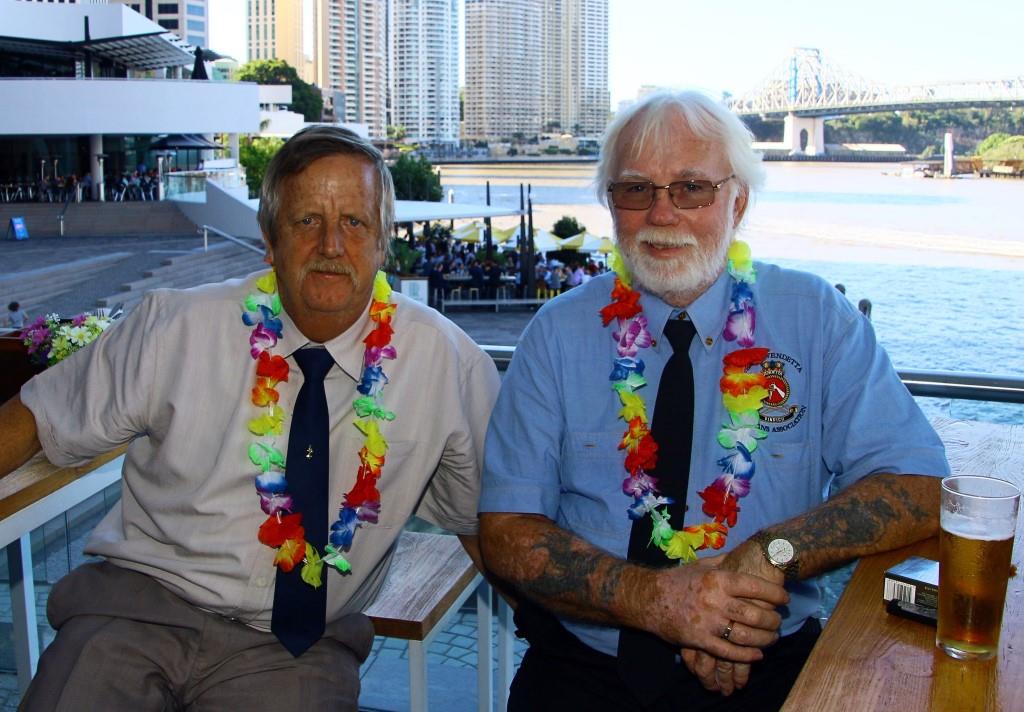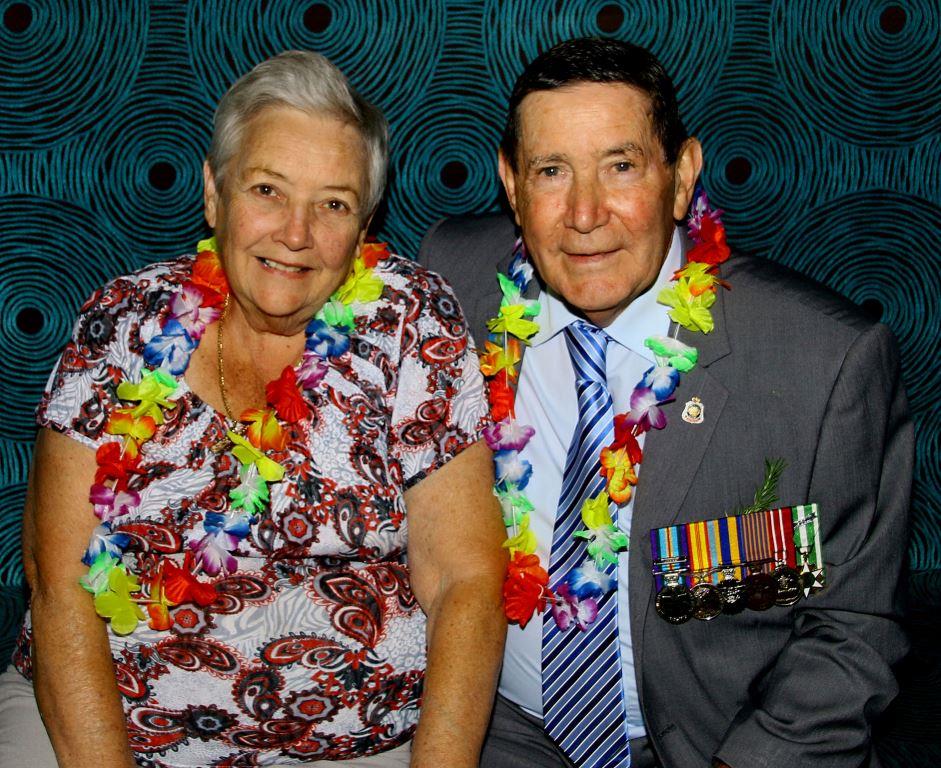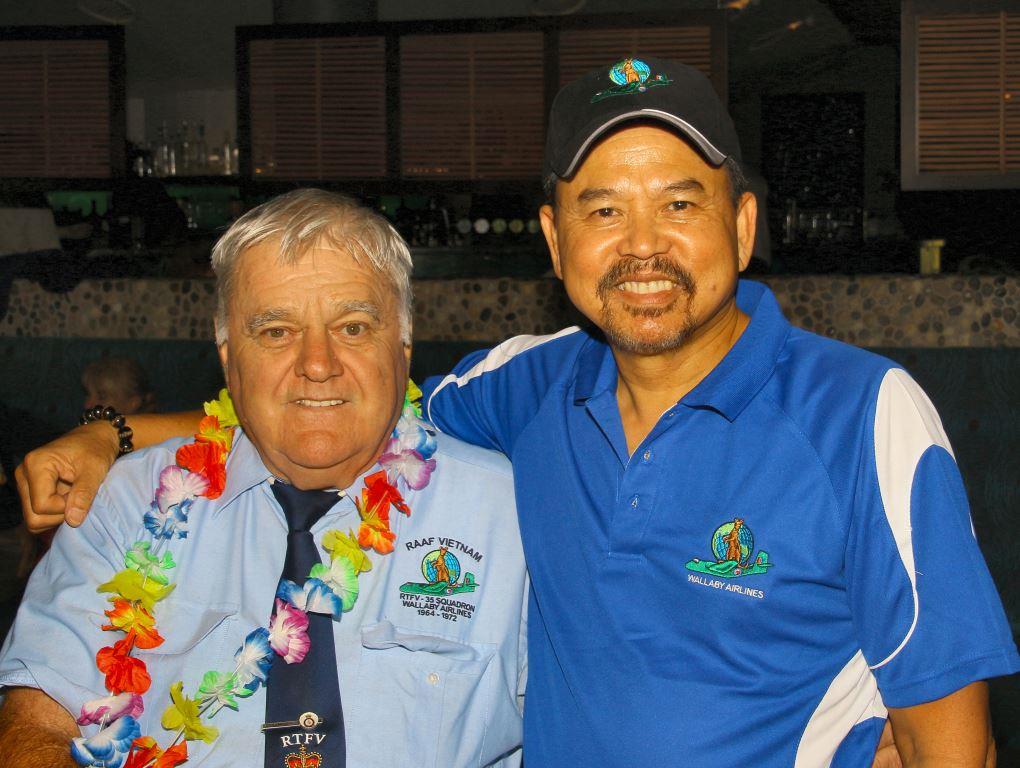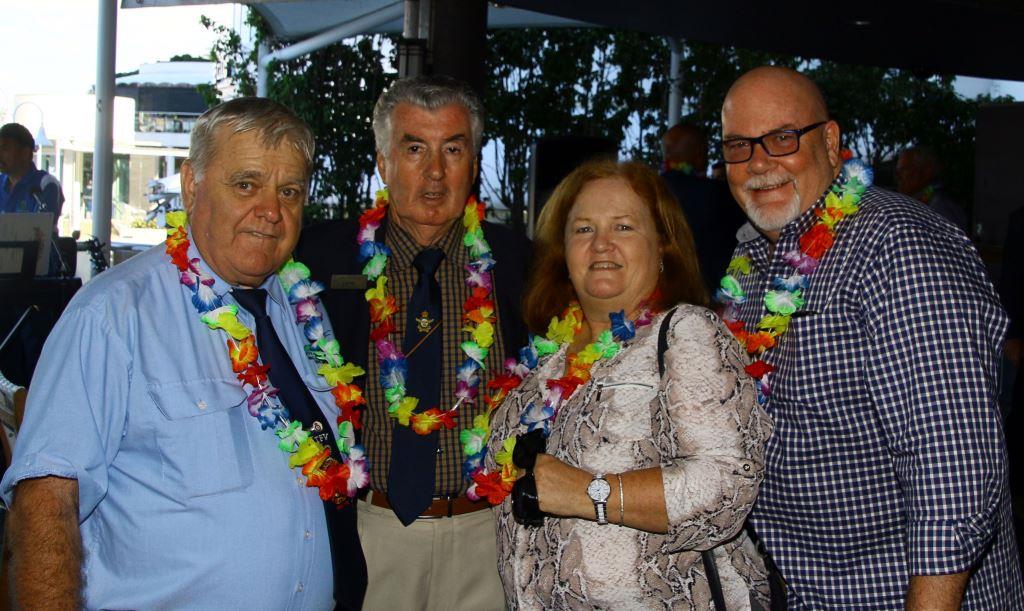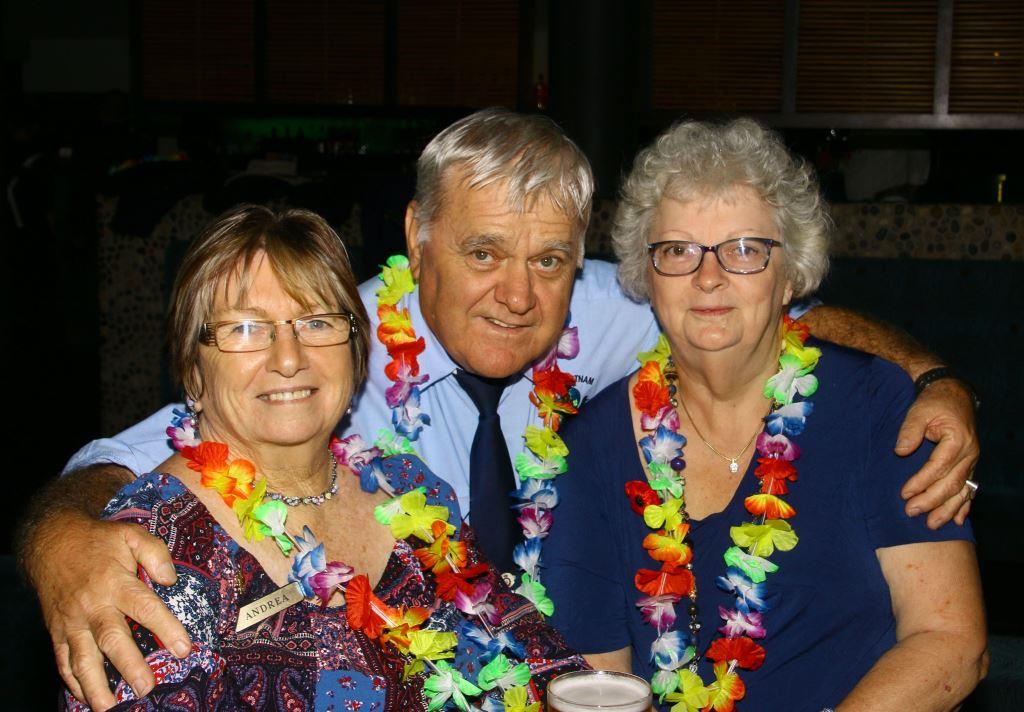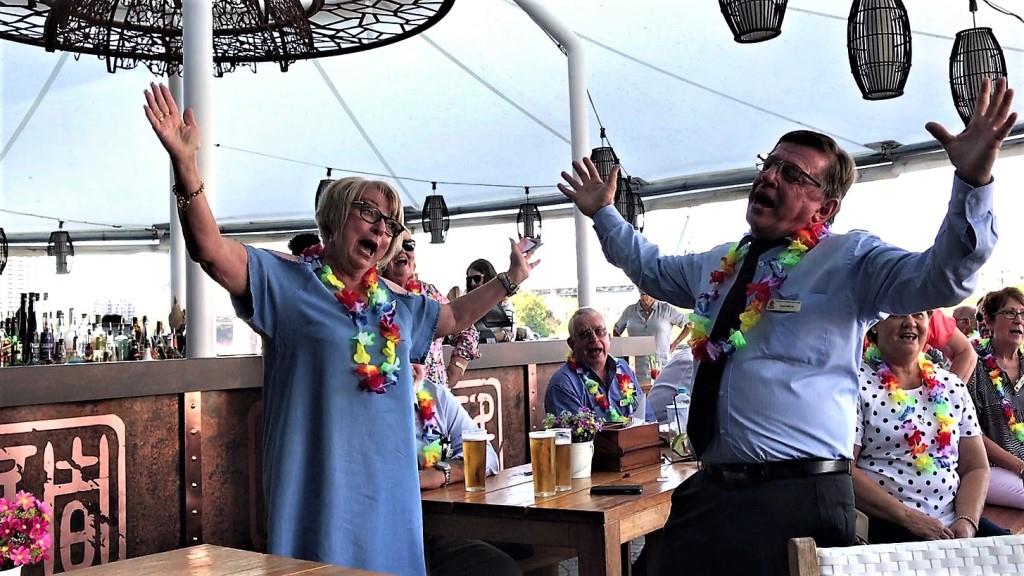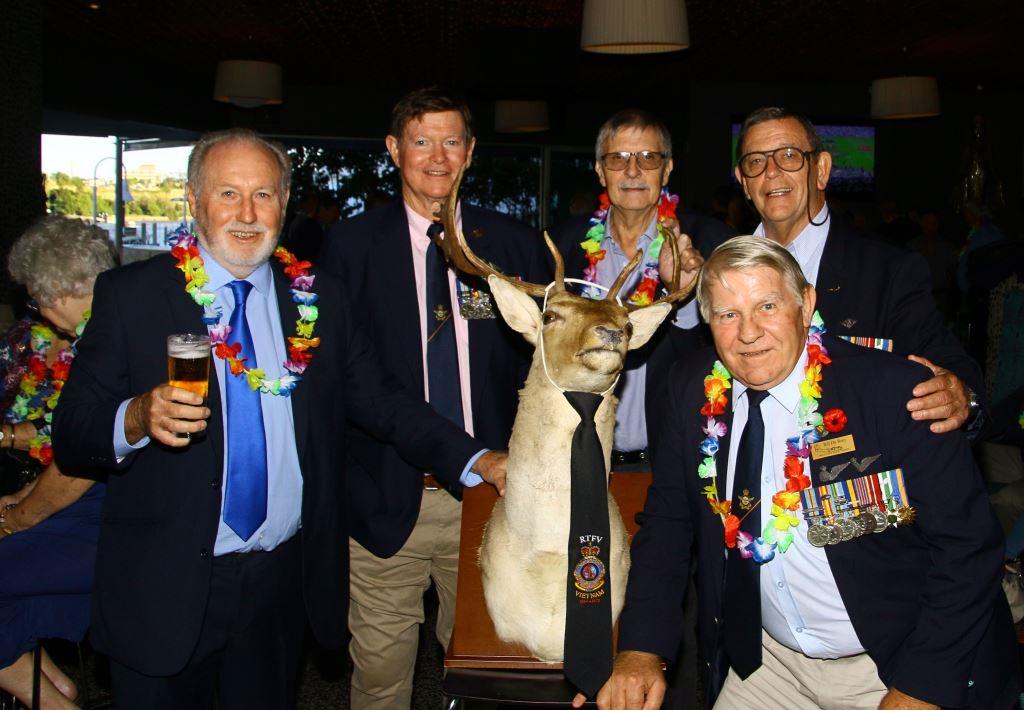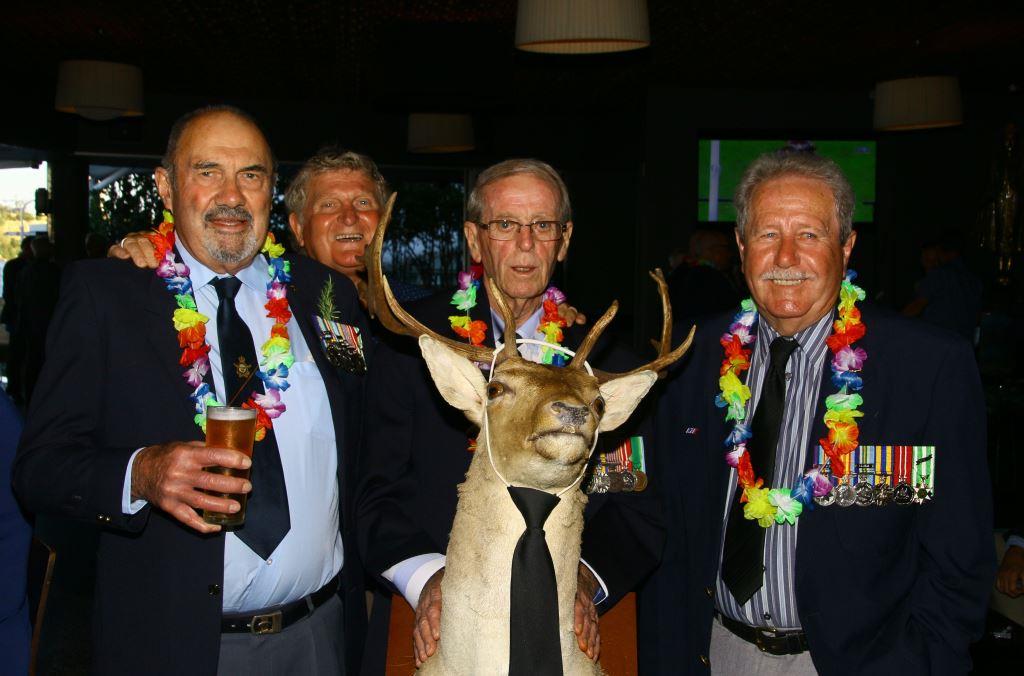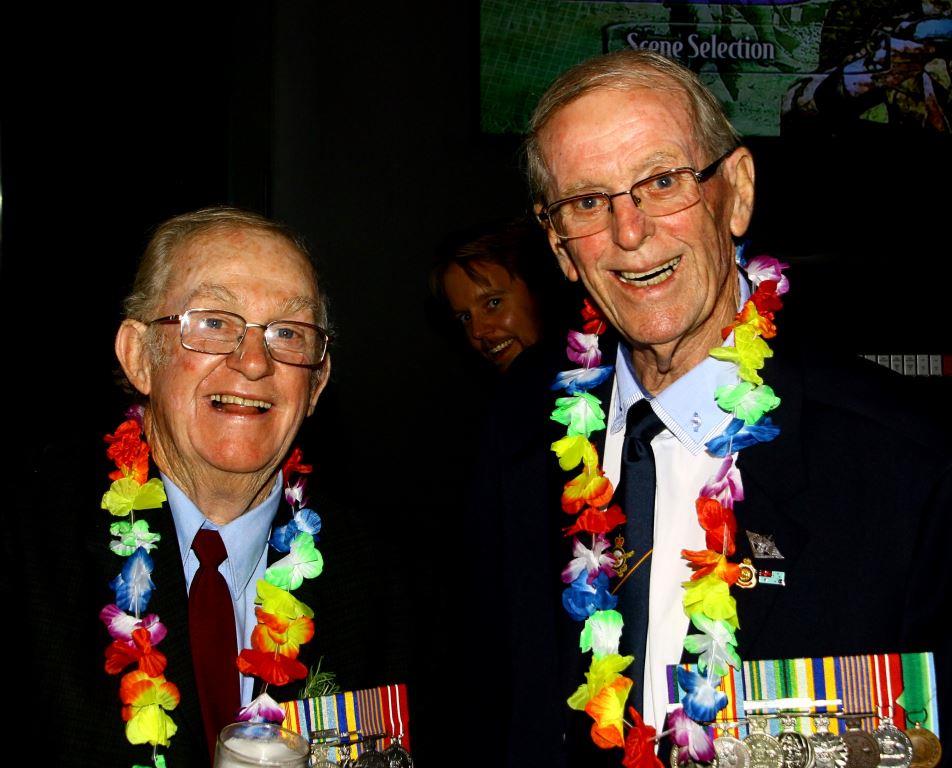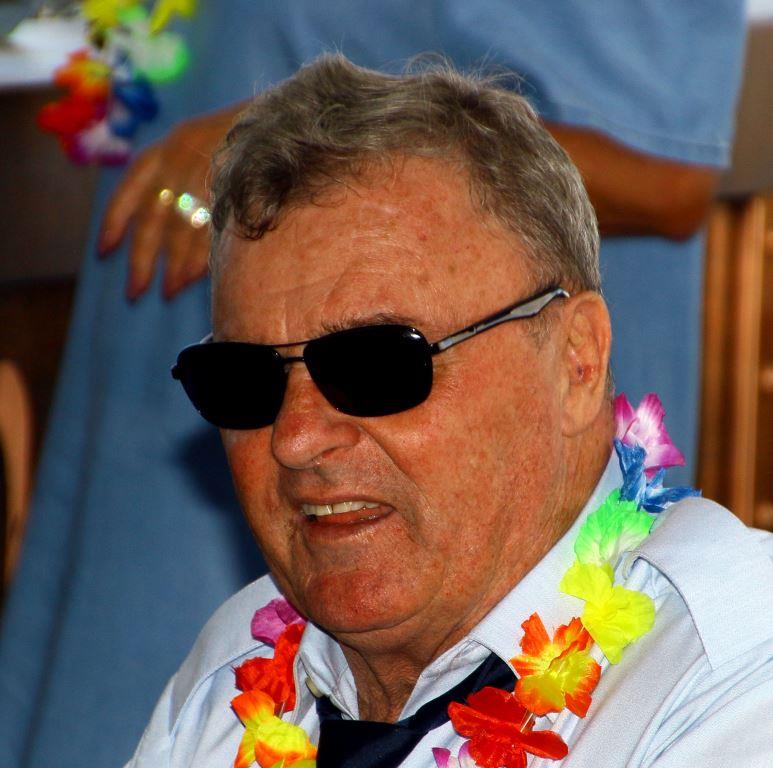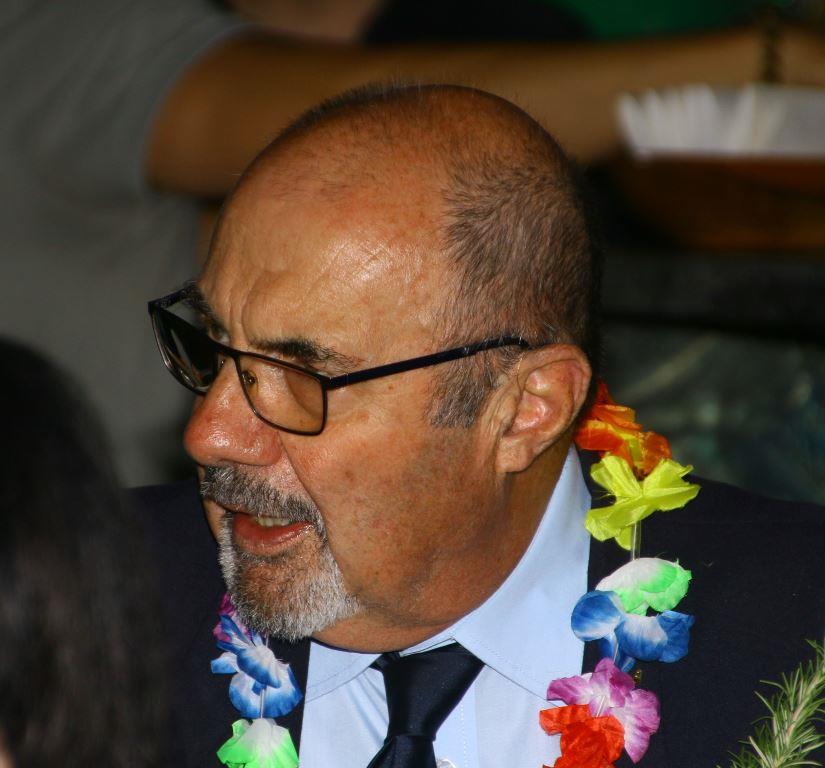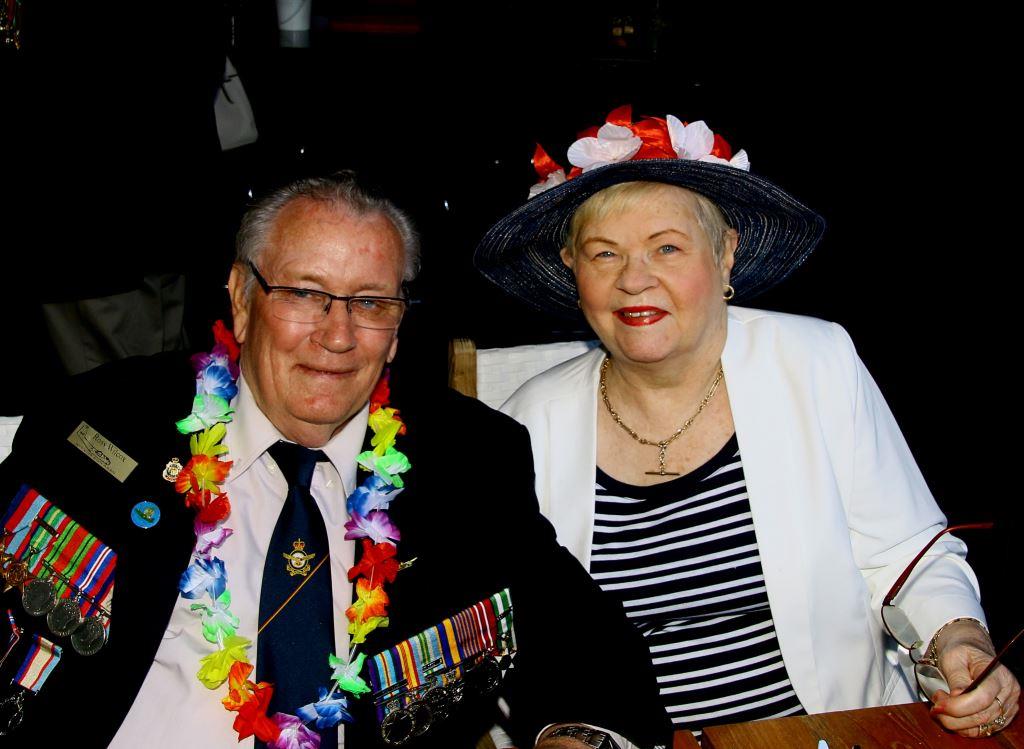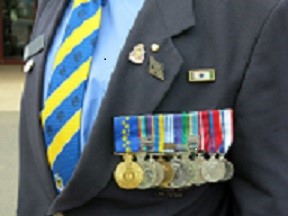|
|
||
|
||
|
Privacy Policy | Editorial Policy | Profit Policy | Join the Association | List of Members | Contact us | Index | Links |
||
|
Back Go to page: 1 2 3 4 5 6 7 8 9 10 11 12 13 14 15 16 17 18 19 20 Forward
|
||
|
|
||
|
ANZAC Day 2017. Brisbane.
ANZAC Day, 25th April, is arguably Australia's most important national day. It marks the anniversary of the first major military action fought by Australian and New Zealand forces during the First World War.
On the 10th January, 1916, at a mass meeting of people of Brisbane, held in the Old Museum building at Bowen Hills and which included the Governor, the Premier and other government, civic and military leaders, a resolution was carried to establish the ANZAC Day Commemoration Committee. This Committee was formed as a citizen’s committee and was appointed to make arrangements for, and carry out, the celebration of ANZAC Day as a gift of the people to commemorate the fallen, remember the wounded and recognise the courage of Australia’s servicemen.
ANZAC Day has been continuously commemorated since 1916. The Brisbane ANZAC Day Parade, together with dawn vigils, memorial services and veteran’s reunions have been a feature of the commemoration of ANZAC Day by the Citizens of Brisbane since its earliest days.
The Brisbane ANZAC Day Parade has always been run by the Citizens of Brisbane. The ANZAC Day Combined Parade Committee has proudly provided the planning and coordination role, with support from the ANZAC Day Commemoration Committee and the Returned and Services League of Australia (or its predecessors). The South Eastern District of the RSL has provided the Secretariat for the ADCPC continuously since 1928.
While the Brisbane ANZAC Day Parade was initially a commemoration of the sacrifice of WWI veterans and then WWII veterans, in keeping with the changing focus of ANZAC Day nationally, it is today a commemoration of the sacrifices of those who have ‘defended’ our Australian way of life in all conflicts and military commitments by Australian Forces since WWI. The Brisbane ANZAC Day Parade remains a significant commemorative event on one of Australia’s most important national days. It complements the Dawn and Memorial Services, as well as regional parades.
It has been 101 years since the very first march was held in the city and this year's parade began at 10:00am from the corner of Adelaide and George streets in the CBD and took approximately two-and-a-half hours to clear George Street.
The city's main dawn service took place at the Shrine of Remembrance in ANZAC Square on Adelaide Street, beginning at 4:28am.
The Dawn Service.
The ANZAC Day Dawn Service has become an integral part of commemorations on the 25th April, however, credit for its origin is divided between the Reverend Arthur Ernest White of Albany, WA and Captain George Harrington of Toowoomba, Queensland.
|
||
|
|
||
|
Dawn Service held at the Cenotaph, Brisbane. ABC Pic.
|
||
|
Reverend White was a padre of the earliest ANZACs to leave Australia with the First AIF in November 1914. The convoy assembled at Albany’s King George Sound in WA and at 4 am on the morning of their departure, he conducted a service for all men. After the war, White gathered some 20 men at dawn on the 25th April 1923 on Mt Clarence overlooking King George Sound and silently watched a wreath floating out to sea. He then quietly recited the words ‘As the sun rises and goeth down we will remember them’. All were deeply moved and the news of the ceremony soon spread. White is quoted as saying that ‘Albany was the last sight of land these ANZAC troops saw after leaving Australian shores and some of them never returned. We should hold a service (here) at the first light of dawn each ANZAC Day to commemorate them.’
At 4 am on ANZAC morning 1919 in Toowoomba, Captain Harrington and a group of friends visited all known graves and memorials of men killed in action in World War 1 and placed flowers (not poppies) on the headstones. Afterwards they toasted their mates with a rum. In 1920 and 1921 these men followed a similar pattern but adjourned to Picnic Point at the top of the range and toasted their mates until the first rays of dawn appeared. A bugler sounded the ‘Last Post’ and ‘Reveille’.
There is no standard format for the Dawn Service, but Brisbane’s traditional service (since 1931) is: assembly, bugle calls ‘Long G’ followed by ‘Last Post’ at exactly 4.28 am (the time of the original ANZAC landing), followed by two minutes’ reverent silence, a hymn, a short address, placing of floral tributes, a second hymn, bugle call ‘Reveille’ and the singing of ‘God Save the Queen’ (see the program HERE).
|
||
|
|
||
|
|
||
|
After the Dawn Service, the City got ready for the March. The aim of the ANZAC Day March is to give the general public an opportunity to honour those who served in the defence of Australia or its interests, especially remembering those who paid the supreme sacrifice or otherwise suffered as a result of their service. The March is not a parade and no vehicle, animal, weaponry, memorabilia (including historic uniforms), or photographs may be included without the prior written permission of the March Committee.
Sadly, due to the unsafe state of the world at the present time, authorities were forced to implement security procedures to stop religious nutters from crashing vehicles into the crowds. Cement bollards and substantial military vehicles were strategically and indiscreetly placed around the route of the March. Police were also out in force and thankfully the whole event concluded without incident.
The threat of disorder did not stop the populous of Brisbane though, once again they turned out in their thousands, some arrived early with camping chairs and blankets, while others rushed to get a good vantage point before the 10am start. There were young people, families, the elderly, most wore poppies or badges and waved Australian flags as a mark of respect for those who have served.
|
||
|
|
||
|
Marching through this throng of wonderful appreciative people is a thoroughly moving experience.
Thank you to all who turned out.
The March itself started at 10.00am and those marching began to congregate in their respective form-up positions from about 9.30am. People grouped around their respective banners and friendships were once again rekindled, a lot of those participating had not seen or spoken with each other since the March last year, but in typical Service tradition, a gap of 12 months means nothing, Service friendships last a lifetime and conversations seamlessly carried on from where they were left 12 month previously.
Most of the following pics have been crunched to allow them to open quicker, you can get the HD versions by clicking each pic.
|
||
|
|
||
|
These lovely ladies, who served proudly as WRAAFs, sadly did not get the full recognition they deserved. The WRAAF was formed in 1951 and was eventually disbanded when the ladies were incorporated into the RAAF in 1977. During that time these ladies, who were paid less than their male counterparts, even though in most cases they did the same job and in some instances better than their male equivalents, contributed greatly to the operations of the RAAF. They were employed in the medical and dental fields and as clerks, drivers, communicators, educators, tailors, cooks, stewards and in police work and they had to endure many restrictions placed upon them that their male counterparts did not.
They had to endure compulsory “bed checks” at night and were confined to the base on Monday nights – restrictions the men just would not have accepted. It wasn’t until 1967 that the WRAAF were considered for overseas service, they were not allowed to remain in the Service when married until 1969 and finally in 1972 they were granted equal pay with the men. But they did their job, they did it well and they loved it.
The RAAF would not and could not have operated without them and it is great to see so many of them getting together on ANZAC Day to reminisce of their time and to proudly march under their banner.
Today, as in the Army and Navy, the RAAF ladies work, socialise and live side by side with the men, there is no distinction now, men and women are treated equally, promotion and access to all musterings is open to both sexes on a merit basis.
It took a while!!
The following were seen in the form-up area.
|
||
|
Brian Duddington, Bill De Boer.
|
||
|
Ian Pilbeam and Gordon “Pud” Passmore.
Ian started life as a Radtech but these days he’s the Director of Rotary Wing Maintenance at Airbus Pacific at Brisbane Airport.
|
||
|
Arguing with a women is like reading a Software Licence Agreement. In the end, you ignore everything and just click “I agree”.
|
||
|
|
||
|
The 17 Construction Squadron is an Australian Army unit consisting of personnel drawn mainly from the Royal Australian Engineers. Originally formed in 1949, the squadron is currently part of the 6th Engineer Support Regiment and is based at Holsworthy Barracks in Sydney. Personnel from the Squadron were deployed on operations during the Vietnam War and the ongoing War in Afghanistan; they have also participated in peacekeeping operations in Namibia and East Timor.
The most significant part of Squadron history was its involvement in the Vietnam War. It was in South Vietnam from 1966 to 1971 and was involved in a wide variety of engineering tasks. The first to deploy was 8 Troop, which was initially based around Vung Tau, although they were later deployed to the 1st Australian Task Force base at Nui Dat in August 1966. At Nui Dat, elements of the Squadron took part in the defence of the base during an attack the day before the Battle of Long Tan; amidst heavy indirect fire, three members of the Squadron were wounded. 10 Troop relieved 8 Troop at Nui Dat in October, and in February 1967 the Squadron's third troop, 9 Troop, was deployed to Vietnam.
Early tasks undertaken by the Squadron included clearing operations in support of the 5th Battalion, Royal Australian Regiment during Operation Leeton, and sustainment operations. The construction of helipads and land marking operations were common tasks carried out by Plant Troop. In 1967, they completed a 300,000 gallon dam. This provided the Australian contingent with an alternate water supply and in 1968, at Nui Dat, they set up a large quarrying operation.
Land clearing operations had been undertaken by 1st Field Squadron since the occupation of Nui Dat to improve base defences and observation. Later they were extended for tactical purposes to open up key routes within Phuoc Tuy by removing vegetation to deny cover and concealment to the Viet Cong and also provided arable land for villagers as part of the Pacification program. In March 1968, a dedicated Land Clearing Team was formed by 17th Construction Squadron elements at Nui Dat to supplement existing arrangements. One particular operation, codenamed "Cooktown Orchid" conducted in April 1968, saw a large element of Plant Troop deploy, under infantry and armoured protection, to clear undergrowth and trees in the foothills of the Long Hai mountains.
Land clearance operations proved quite dangerous for the plant operators who were exposed to land mines and booby traps, as well as to attack by small arms and other direct fire weapons. During one operation a D8 bulldozer was destroyed and a sapper injured.
|
||
|
|
||
|
|
||
|
In 1969 the Squadron continued with land clearing tasks within the 1 ATF area of operations. During the operation, numerous bunker systems were uncovered and the D8 dozers detonated many mines. In August 1969, 9 Troop assisted in replacing a sabotaged bridge with a 206-foot (63m) floating pontoon bridge. The Viet Cong had blown the bridge on National Route 51, 40 miles (64km) south-east of Saigon. The troop, working with the US Engineers, took only 13 hours to re-open the road.
At the height of its involvement in Vietnam, the Squadron consisted of 12 officers and 334 other ranks.
|
||
|
Jim Hall, (The President of the 3 Sqn Association), John “Sambo” Sambrooks (Secretary/Treasurer of RTFV-35Sqn Association).
|
||
|
Kim Jameson, Dave Pettigrew, Sara Jameson.
|
||
|
A proud Dave Pettigrew, with daughter Kim and grand-daughter Sara at the form-up, about to march off with RTFV-35Sqn. Dave served with 1OSU then 35 Sqn in Vung Tau from 23Jan67 to 23Jan68.
|
||
|
Mick Quinn, Wayne Pollock, Tim Heyman, Dan Pollock, Peter “Handsome” Ray.
|
||
|
Geoff Hall, John Webb. |
||
|
|
||
|
Narelle Grigoriou, Shan-Belinda Strugnell.
|
||
|
These two lovely ladies were there in support of their well known dads. Narelle’s father was the late, and well liked, Nev Smallwood (see HERE). Nev was a Framie. As a Sergeant, he was one of the first into Vietnam with RTFV - 35Sqn (10Nov65 until 18Jul66), then on return to Oz he was posted to 38 Sqn at Richmond where he was one of the chiefs in the tarmac office. Nev was a great bloke and took rookies like me, who had never spent any time on a tarmac, under his wing and showed us the correct and safe way to handle aircraft.
Shan-Belinda’s dad is Ted Strugnell. Ted was a clock winder and went from 38 Sqn to 35 Sqn in Vietnam on the 18 March 1971 and stayed until the end when the Sqn returned to Australia on the 05 Feb 1972. Who would have thought he would have had such a beautiful daughter!!
|
||
|
Ted Strugnell, John Donohue, Wally Jolley. |
||
|
|
||
|
There are more aeroplanes in the ocean than submarines in the sky!!
|
||
|
Finally, after the Navy and the Army bods had set off, it was time for the RAAF.
|
||
|
RTFV – 35 Sqn, amazingly nearly all in step, are led by Wng Cdr (Ret) John Griffiths. |
||
|
|
||
|
Tom Mills, being chauffeured along the route. |
||
|
|
||
|
And while most of us had to step out the 40 or so miles of the course, some took advantage of the RSL’s good nature and hopped aboard one of the vintage vehicles. Tom Mills (front seat), a Framie with 35 Sqn from Nov 1970 to Nov 1971 was not up to the March, so he took the Landy and was looked after by Greg Benneworth and his two very excited little ones.
After the March, 3 Sqn, 9Sqn and RTFV-35Sqn people and their friends headed for the Jade Buddha, the best restaurant/bar in Brisbane, for a “catch-up with your mates” drink or two and weren’t they in for a surprise.
|
||
|
Click the video below to see part of the march as televised by the ABC. |
||
|
|
||
|
|
||
|
|
||
|
Some weeks prior to ANZAC Day, John Sambrooks (Sambo) had sought out the
Queensland Chapter of the Vietnamese Community, with the intention of
asking if one of their lovely young ladies could come along to the
“After March Do” and sing the old favourite “Uc-da-loi Cheap Charlie”
song, which is sung to the tune of “Nick Nack Paddy-
Sambo arranged a meeting with Thai and Diamond Tra Dang at the Jade Buddha (see HERE) where Thai and Diamond were enthusiastic about the request and suggested quite a bit more could be done. They suggested he leave it to them and they would get back with a proposal. Some days later, and after a meeting of the Vietnamese Community, another meeting was organised with Thai and Diamond where they outlined their (Thai and Diamond's) offer to provide entertainment on the day along with providing a very generous and substantial sum across the bar. Sambo graciously received this wonderful offer and everything was set in motion.
So – all those who enjoyed the day at the Jade Buddha, after the March, have this bloke to thank.
And what do they say, “behind every bloke etc etc”, in this case, in the background, but who does a pile of work for the RTFV-35Sqn Association, is Sambo’s lovely minder, Andrea Butler, thanks to both of them for a wonderful day.
|
||
|
Andrea Butler – the gate keeper for the afternoon. |
||
|
|
||
|
Hung Nguyen with a few of the lovely young Vietnamese ladies, Suong Vu, Thanh Pham, Suong Vu, Van Pham and Cuong Trong Bui, the Vietnamese Community’s President. These lovely ladies really brightened up the day.
|
||
|
“Sambo” having a Lei draped around his neck by Van Pham.
|
||
|
I only do what the voices in my wife’s head tell her to tell me to do.
|
||
|
Chuck Connors, who thought he’d died and gone to heaven, is welcomed by Van Pham.
|
||
|
Van Pham drapes a welcoming Lei around John Donohue’s neck with Shan-Belinda and Ted Strugnell next in line.
|
||
|
Van Pham, Phil Hogan, the owner of the Jade Buddha and Anh Ha.
|
||
|
Hung Nguyen. |
||
|
|
||
|
Some of the people who thoroughly enjoyed the afternoon.
|
||
|
Ben Nielsen, Col Densley.
|
||
|
Bill De Boer, Terry Manning.
|
||
|
Brenda Vogelzang, Lois Jamieson. Brenda was our lovely Page 3 girl last issue, See HERE.
|
||
|
Chris Bramwell, Steve Field, Dave Field, Jeff Faux.
|
||
|
Fay Connors, Tania Daly.
|
||
|
Gloria Swales, Lee McKay.
|
||
|
Ian Pilbeam, “Sambo”, John McDougall.
|
||
|
Jean and “Pedro” Newnham.
|
||
|
Jenny, Mick and Elana Quinn.
|
||
|
Jim Hall, Keith Beardsmore, Bill “Blue” Farrell. “Blue” is the incoming Secretary of the 3 Squadron Association.
|
||
|
Ladies, if a man says he will fix it, he will. There is no need to remind him about it every 6 months.
|
||
|
John Cridland, Peter Levick.
|
||
|
Lorae Gleeson, Sandra Sanderson, Deb Single.
|
||
|
Rod Single, Marty Sanderson.
|
||
|
Lyn and Mike Rogers
|
||
|
Andrea Butler, Sue Trimmer. (The Workers).
|
||
|
Lorae and Peter Gleeson.
|
||
|
Last year, the Vietnam Squadrons, along with 3 Sqn, held their function in the upstairs section of the Jade Buddha, but Sambo, being an old bloke, thought it would be better and easier on old legs if the Squadrons could use the downstairs section which would make it earlier for he and others like him to enter without having to access the stairs. Prior to this year, the Vendetta Veterans’ Association had the use of the downstairs section, but as their numbers were dwindling, Sambo made an approach to Bill Krause, who is that association’s President to see if it could be possible to share the lower section. This was readily agreed to.
|
||
|
|
||
|
Bill Krause, President of the Vendetta Veterans Association. Looking on, John McDougall, President of the RTFV-35Sqn Assoc, Ted Strugnell, Cuong Trong Bui, President of the Vietnamese Community (Qld), John “Sambo” Sambrooks, Secretary/Treasurer RTFV-35Sqn Association.
|
||
|
The Vendetta Veterans’ Association was formed post World War II by war
veterans who served in any Australian
It was then time for Cuong Trong Bui to address those present.
|
||
|
|
||
|
Cuong Trong Bui, OAM, President of the Vietnamese Community in Australia, Qld Chapter.
|
||
|
Cuong made a point of thanking members of the Australian Army, Navy and Air Force for their efforts in helping the peaceful Vietnamese people try and defeat the Communist north from taking over their beautiful country. He said the Vietnamese Community were very appreciative of their efforts and he hoped that by joining with those present on this day he could show his Association’s gratitude for their sacrifice and he hoped to make it a regular event.
Sambo, on behalf of the Vietnam Squadrons, assured Cuong that he and his community would be most welcome next year as their presence made the day a very memorable experience.
|
||
|
Someday us old folks will use cursive writing as a secret code.
|
||
|
John McDougall, Cuong Trong Bui, John Sambrooks.
|
||
|
With the formalities out of the way, it was time to party.
|
||
|
Diamond on the drums, Thai on the keyboard with Tom on Guitar provided the music for the afternoon.
|
||
|
Thai was born and raised in Ba-Ria, aka Phuoc-Tuy where all Australian
Armed Forces were stationed and fought the Communists during the war. He
escaped from Vietnam by boat in July 1978 and spent 7 months in an
Indonesia refugee camp before arrived to Minnesota, USA in Feb 1979. He
graduated from the University of Minnesota with
Oldcastle Precast, a 60,000 plus employee organization in US, named him Outstanding Community Ambassador in 2012 which was his highest accomplishment as a private American citizen.
He has earned more than 20 USA/world-wide patents and have mentored 16 young engineers.
Diamond was born and raised in Saigon. Her father was a high-ranking official in the Internal Affairs Department (Republic of South Vietnam). She escaped from Vietnam by boat in Oct 1981 and got to the Pulau Bidong, Malaysia refugee camp (below) and from there came to Melbourne on the 2nd Dec, 1981.
|
||
|
|
||
|
After 10 years living and working in Melbourne as a social worker she left and went to California in 1991 where she had several jobs with radio, TV, and finally with a law firm as an Administration Assistance. She had her own TV show at one time.
Both Thai and Diamond formed the Volunteer Country Feet Band in 2000, with the purpose of providing free entertainment for nursing homes and senior centres in Orange County in the US and in 2006 they started hosting Vietnam Veterans appreciation annual parties. Each year they would treat around 300 veterans and their spouses to a nice dinner along with entertainment and gifts, meeting all costs from their own resources. The venue could be a local restaurant, American Legion Hall, or a community hall.
After many years of working and volunteering in the US, they decided to move to Queensland and settled on the Gold Coast where they found the Coast’s more casual environment a perfect place to enjoy a relaxed life style
They have always wanted to do something to honour and thank the Australian military people who fought for them in Vietnam. Thai was a high-school kid when he learned his first English song from the Australian Major who volunteered teaching English. He also witnessed many infrastructure improvements that Australian Armed Forces had done for his hometown.
Thai is still working for Oldcastle on a part-time basic while Diamond will continue her writing and along with Thai perform needy services for the community, especially in the entertainment field.
See HERE.
|
||
|
The band played virtually non-stop all afternoon which was a good excuse for Wally Jolley and Elizabeth Goopy, who was with the Vendetta Vets Association, to get up and dance – and get up and dance they did.
|
||
|
Click the video below to see them in action. |
||
|
|
||
|
|
||
|
After her energetic hour or so on the dance floor, Elizabeth Goopy was helped back to her seat by the very considerate and gentlemanly Chuck Connors, traits he of course picked up at Pt Cook all those years ago. |
||
|
|
||
|
Some days I amaze myself. Other days I put my keys in the fridge.
|
||
|
Rod Nedwich, Roger Clarkson, Tom Perkins.
|
||
|
Part of the crowd.
|
||
|
|
||
|
|
||
|
Geoff “Guppy” Rich, who was a Caribou driver with 35 Sqn from Jan 1970 to Jan 1971, gets re-acquainted with “Bou”.
|
||
|
Noreen Wilcox, Emma and Ben Reardon.
|
||
|
Maybe if we tell people the brain is an App, they’ll start using it!
|
||
|
Then it was time for the main event – the song we’d all waited for.
|
||
|
With the band belting out the tune of “Nick Nack Paddy-whack, give a dog a bone” the delightful Thanh Pham took centre stage and gave us a wonderful version of “Uc-da-loi Cheap Charlie,” in fact it was so good she was forced into an encore.
|
||
|
She even produced the “Baby-san” that “Charlie” had left her with.
|
||
|
Luckily, Lien, the Mamma-san, was on hand to comfort the devastated Thanh Pham and together they went looking for that rotten "Charlie" who had bolted.
|
||
|
And found him they did, that dastardly rascal was presented with his off-spring - and Mamma-San was pleased.
|
||
|
But, being the rascal that he was, “Charlie” very quickly flicked his charge to poor old Liz – who got the shock of her life.
|
||
|
Click the pic below to see video of "Cheap Charlie" - produced by Albert Le |
||
|
|
||
|
|
||
|
While all this was going on, Jade Buddha staff, like the delightful Brijana Edmonds above, handed out a selection of wonderful food. The Jade Buddha excelled itself, the food, the service, the staff, the decor were all wonderful – as big Arnie would say, “We’ll be back!!”.
|
||
|
The generation of today are so allergic to everything, future wars will be fought by throwing bags of peanuts and cat hair at each other.
|
||
|
John McDougall, Dianne Pickering.
|
||
|
Robyn Pedrina, Bob Williams, Maurie Lewis, John Griffiths, Jeff Pedrina.
|
||
|
Rob Farraway, Brin Burton.
|
||
|
Patricia and Bruce Johnson.
|
||
|
Sambo and Thai Dang – who had taken a breather from the key-board.
|
||
|
Sambo, John McDougall, Linda and Adrian Woods.
|
||
|
Andrea Butler, Sambo, Sue Trimmer. A thorn between two roses??
|
||
|
Then Elizabeth Goopy leapt to her feet and demanded an encore!! Click the video below to see it. |
||
|
|
||
|
|
||
|
Frank Robinson, Chuck Connors, Fred Storey, Geoff Rich, Bill De Boer (in front).
|
||
|
Ted Strugnell, Geoff Hall, John Donohue, Trevor Hill.
|
||
|
Wally Jolley, John Donohue.
|
||
|
|
||
|
Ross and Noreen Wilcox.
What a great day it was, thanks to the Vietnamese Community for giving up their time and providing the fun and enjoyment, it was appreciated by all. If you didn't have a great day, you weren't there!!
Sambo says we'll do it all again next year.
|
||
|
I speak my mind because it hurts to bite my tongue all the time.
|
||
|
Fraudulent wearing of medals.
While most people only wear the medals to which they are entitled, sadly there are some people who wear medals they have not earned.
Section 80B(1),(4) of the Defence Act 1903 makes it an offence for a person to wear a service decoration that they are not entitled to wear, or to falsely represent themselves as a person on whom a service decoration was conferred. The Australian Federal Police (AFP) has primary responsibility for conducting investigations into alleged Commonwealth offences, while the Commonwealth Director of Public Prosecutions (CDPP) has responsibility for prosecuting such offences.
The Wearing of Medals and Decorations.
War medals may only be worn on the left breast by the persons upon whom they were conferred. The honour afforded remains with the individual and does not pass to a widow, parent, son or relative when the recipient is dead. Similarly, the same rules apply in cases where a posthumous award is made.
The policy as it stands is that on the death of a recipient, technically, any honours and awards revert to the commonwealth in the first instance. The reality of course is that family members have an ambient claim and the commonwealth would not seek to intervene in medals being passed on directly within the family.
Family members may wear their forebears’ medals on the right breast which indicates that they are not their own. There is no limitation or formal policy on what occasions they should be worn. In essence, the wearing of forebear's medals on the right breast is a convention passed down over the years that is largely dictated by the occasion and (ideally) a measure of decorum fitting the event. They should not be worn lightly or where it would be inappropriate to do so.
For uniformed personnel, on ANZAC and Remembrance days only, modification of normal service dress code is allowed whereby they wear their own medals on the left breast accompanied (if they wish) by their ancestors’ on the right.
War Medals (with certain exceptions) are worn on the left breast of the coat, or in a corresponding place on the dress, as the case may be. They will be worn in a horizontal line, suspended from a single bar, of which no part is to be seen, or stitched to the garment. When worn on the coat, the coat should be buttoned up.
The length of the drop between the top of the ribbon and the bottom of each medal should measure 9.5cm for full size medals and 5cm for miniatures. War medals are worn to show the Sovereign's head.
War medals (or Campaign medals) are worn in the order of the dates of Campaigns for which they have been conferred, the first obtained being farthest from the left shoulder.
The Australia & New Zealand Military Imposters website.
The Australia & New Zealand Military Imposters group (ANZMI) was formed in 1995 to combat, and bring to justice the burgeoning number of people claiming false military histories.
ANZMI consists of ex-military personnel from both Australia and New Zealand, who are dedicated to detecting, exposing and bringing to justice those stealing the honour of genuine veterans and ex servicemen and women. They do this work voluntarily, without fear or favour. They are beholding to no ex service organization or organization of any kind. Veterans, ex Service persons and the general public provide information to them about those they suspect of being offenders.
Due to the nature of their duties, their work is entirely covert. They can be reached through their contact page, where an email address is available. Hundreds of offenders have been exposed on this web site and in the media as a result of information received and the subsequent successful investigations.
ANZMI will continue to operate until the last liar, cheat, fraud and wannabe is weeded out from the Australian and New Zealand ex Service Community.
You can see their web site HERE.
|
||
|
|
||
|
|
||
|
|
||
|
|

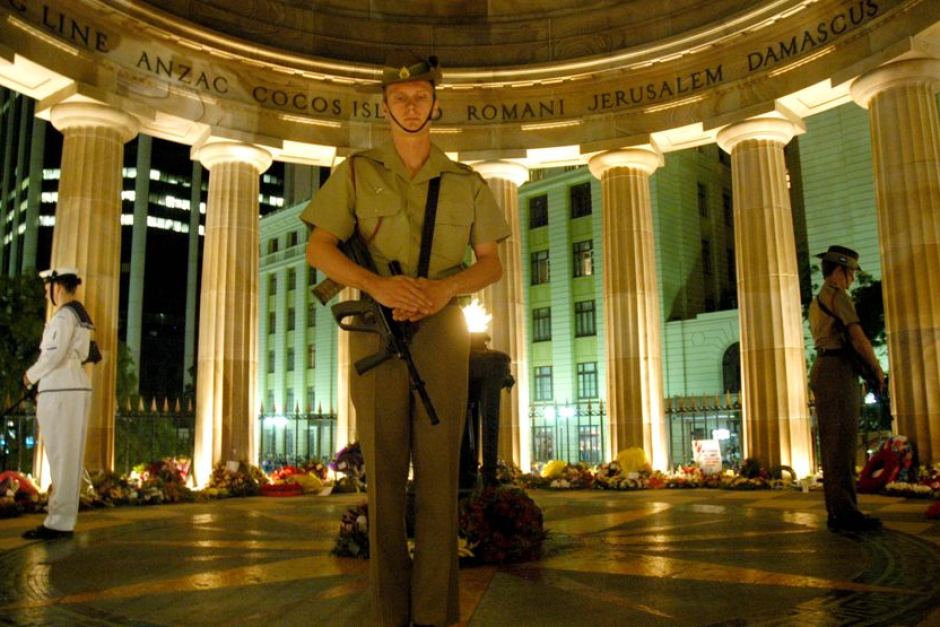
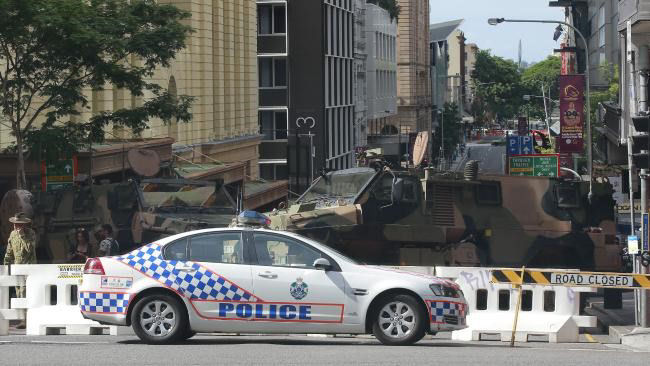
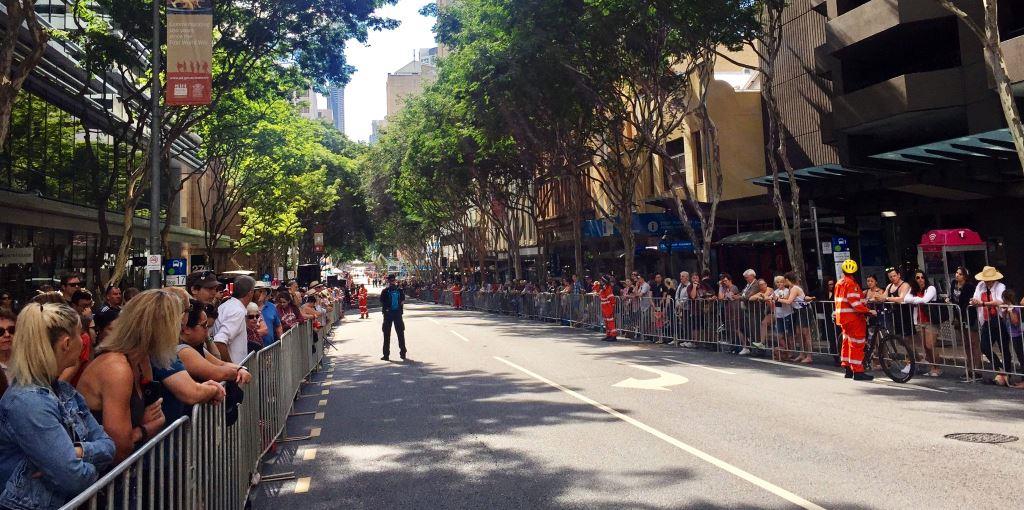
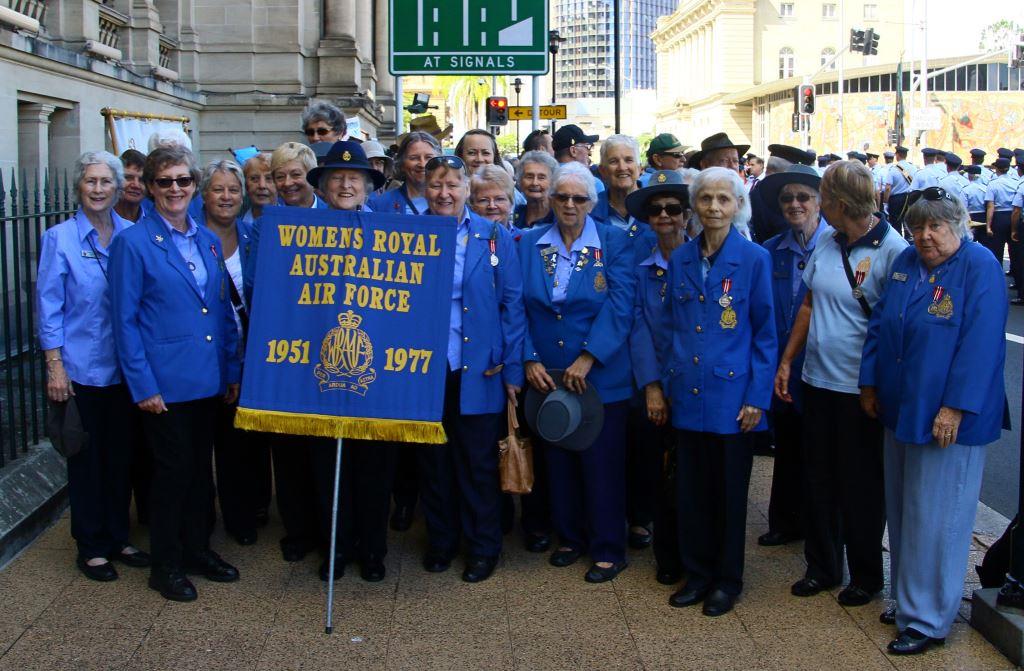
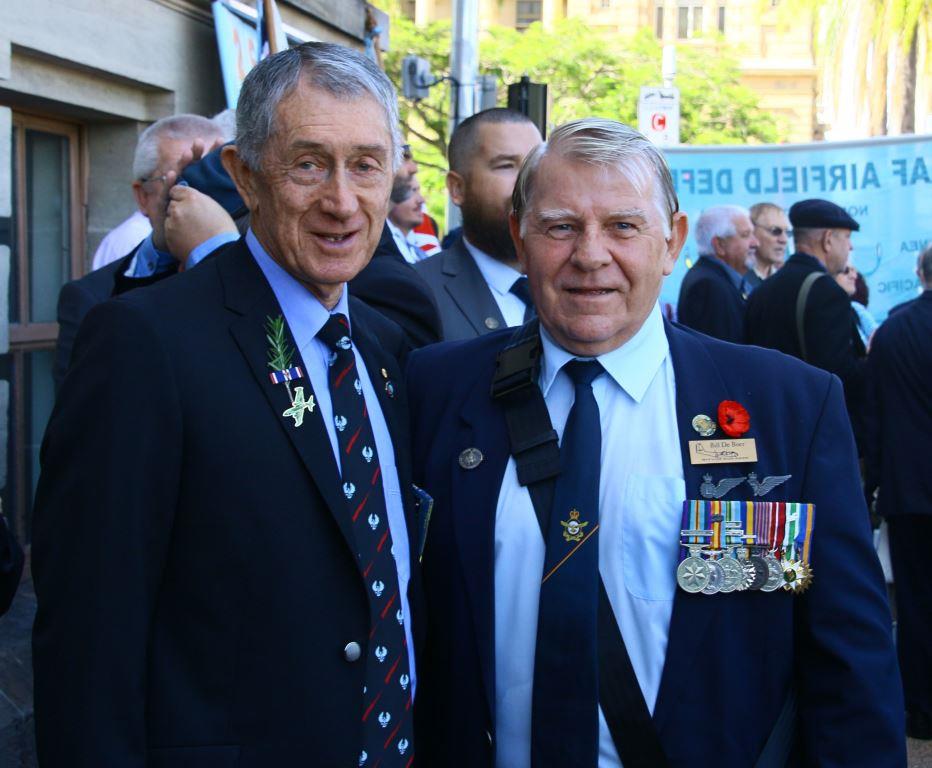
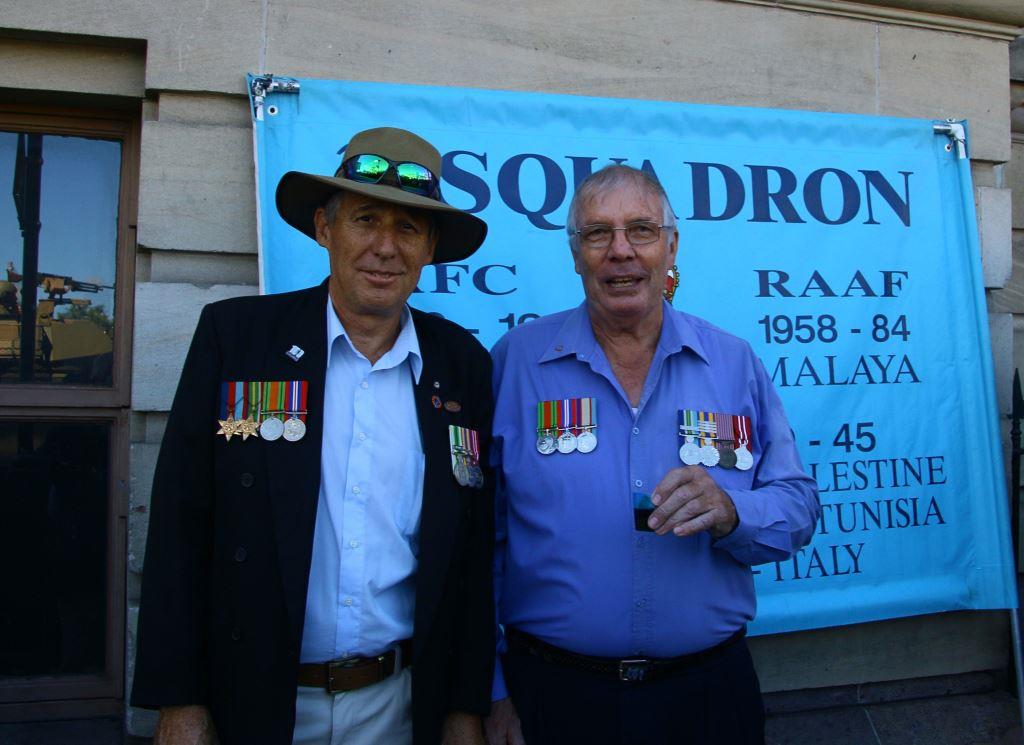
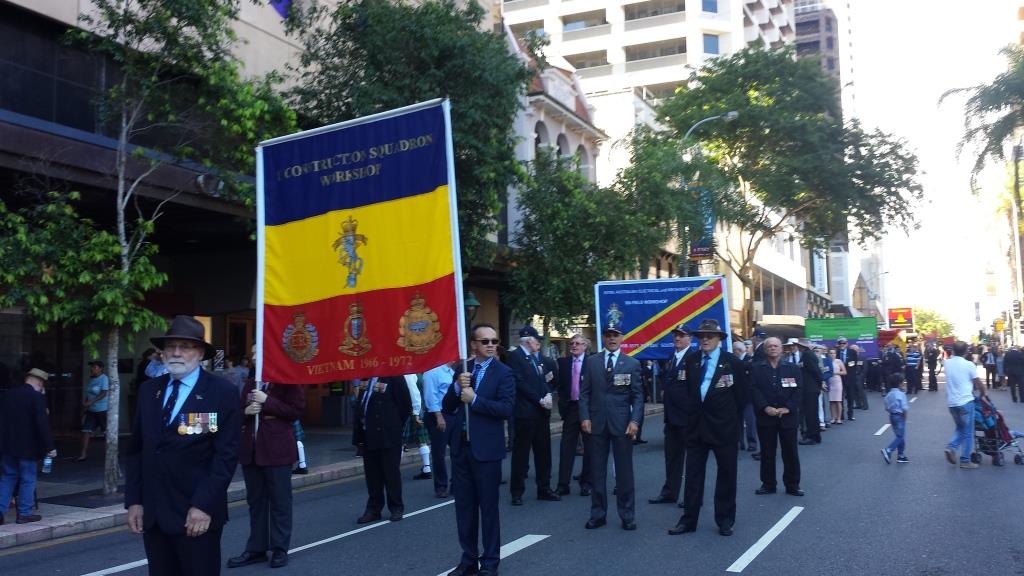
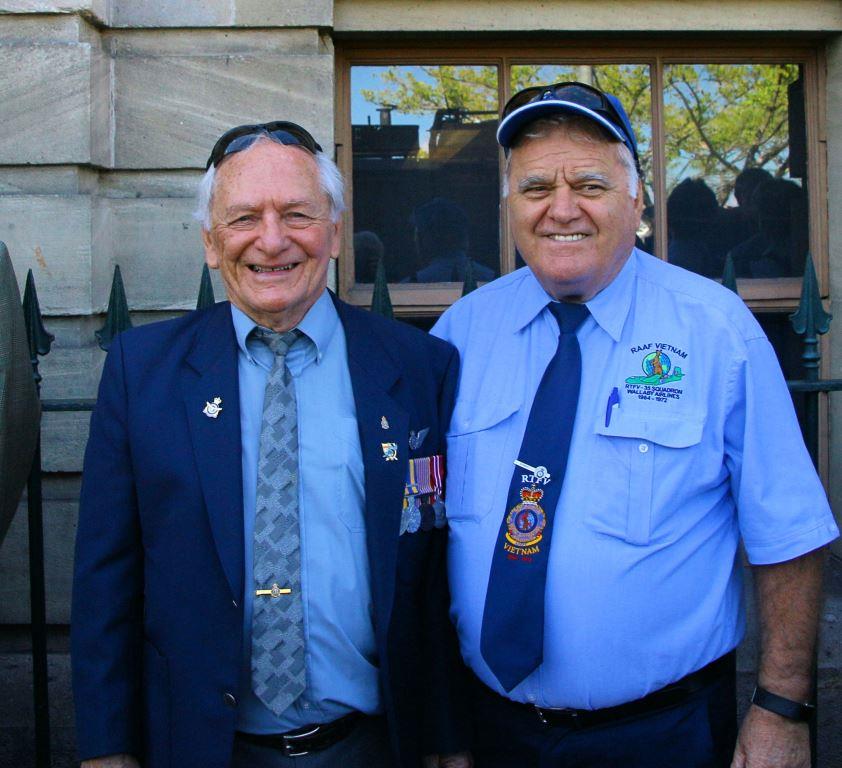
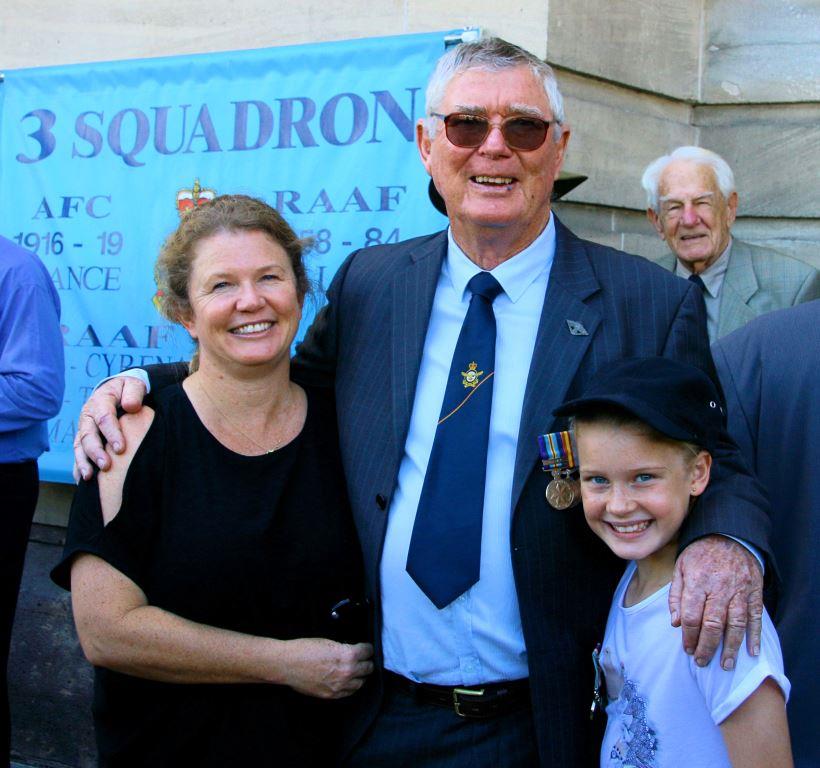
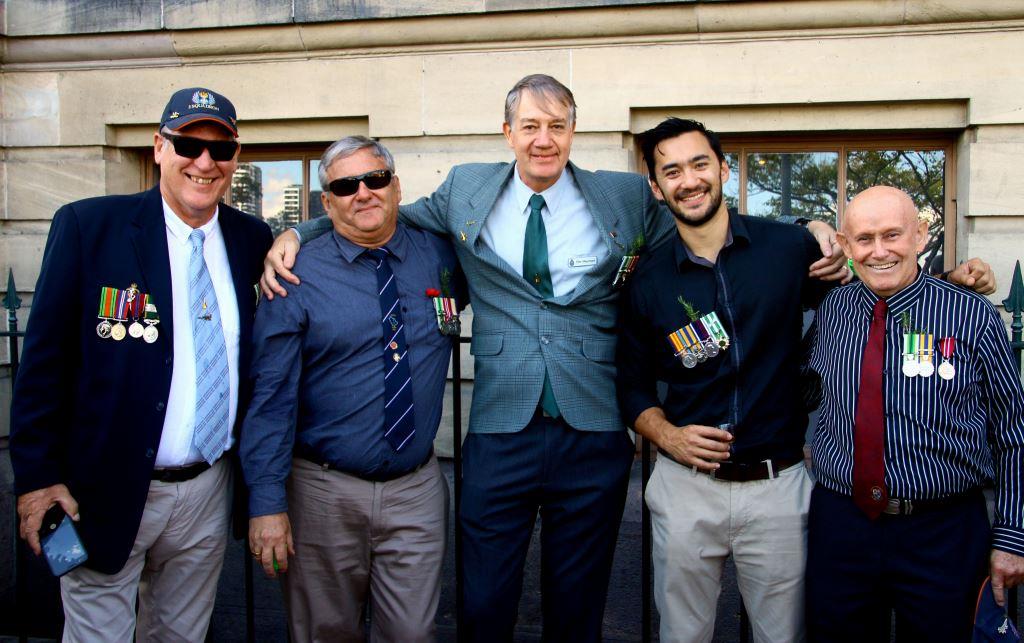
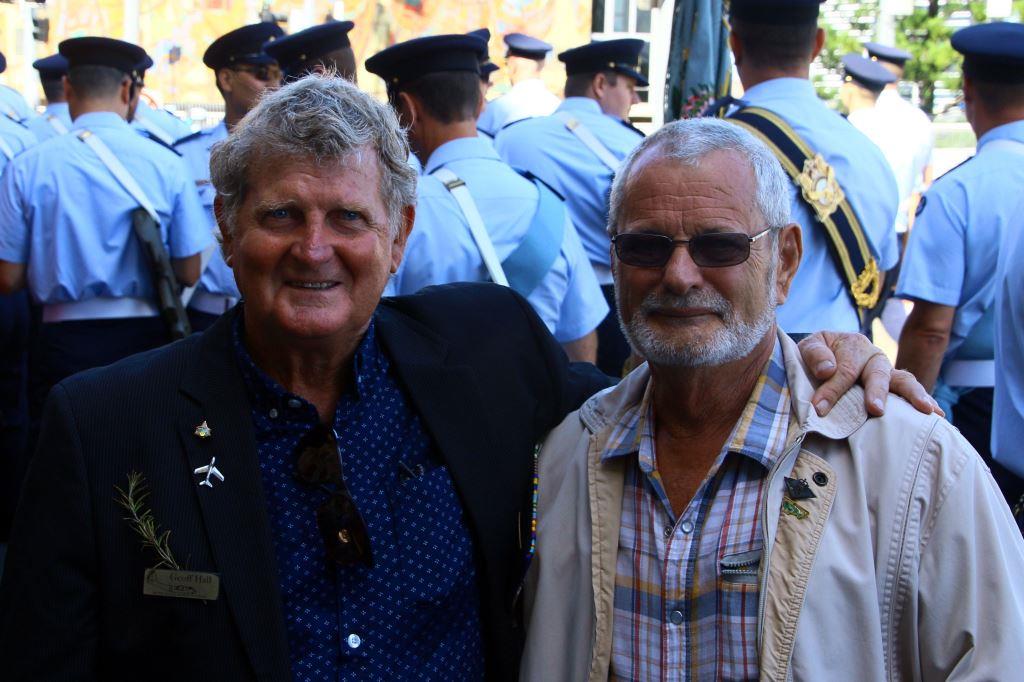
,%20Shan-Belinda%20Strugnell%20a.jpg)
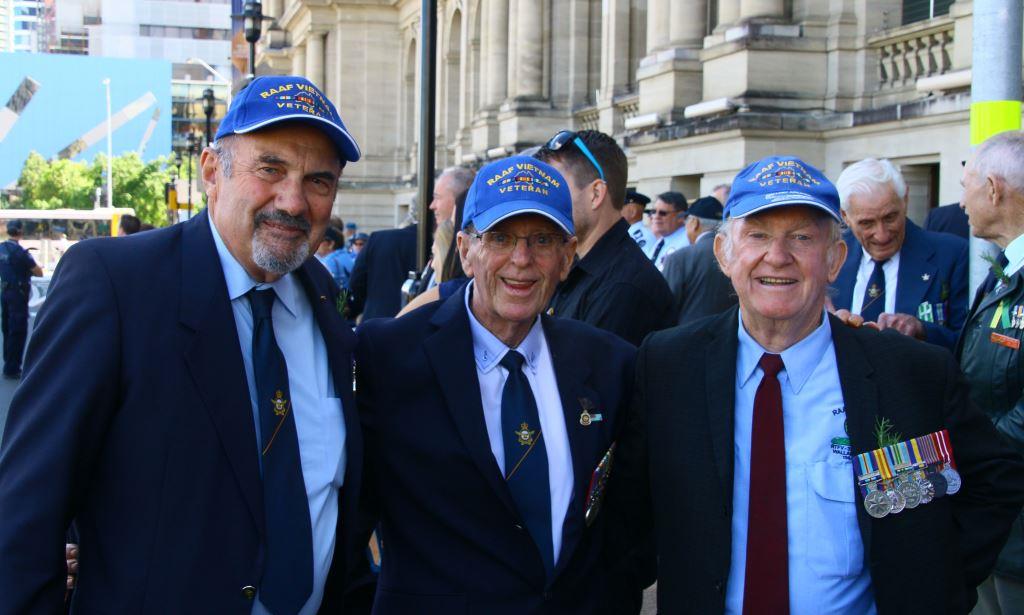
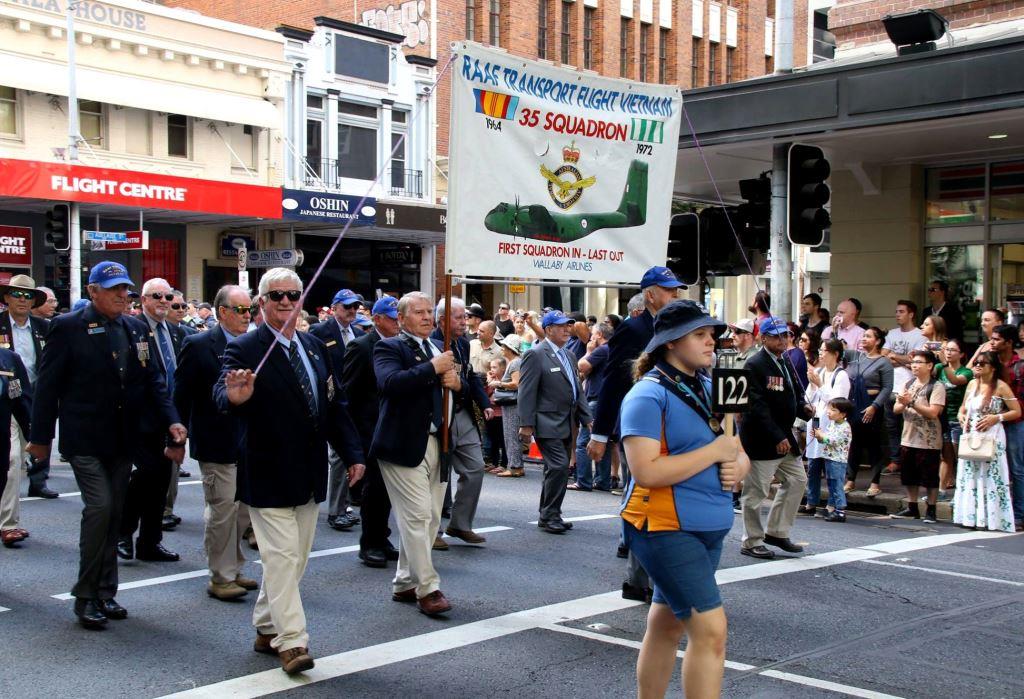
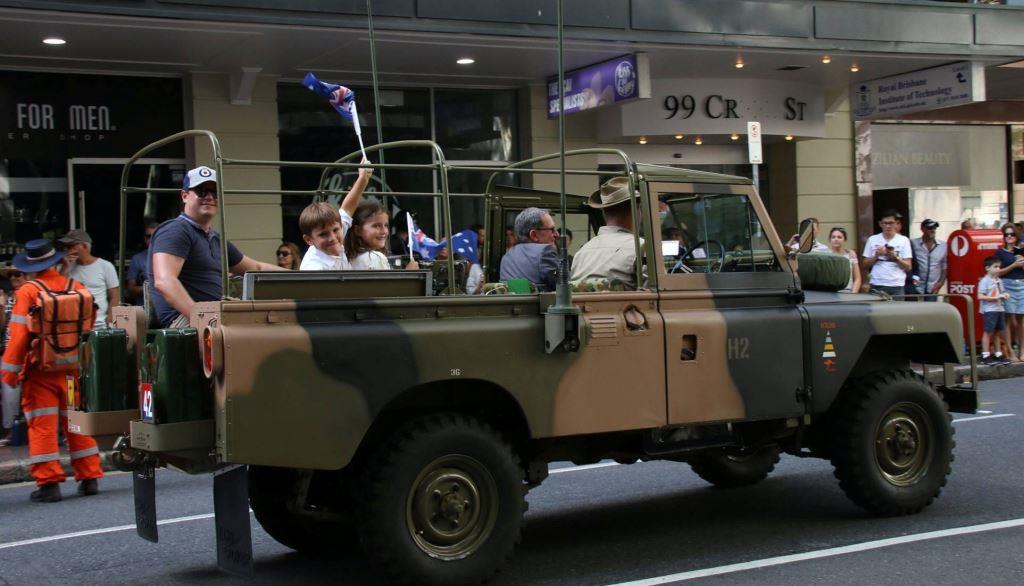
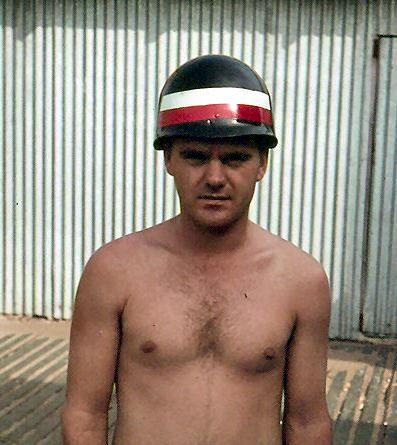 wack”.
This song became famous among Australians in South Vietnam during the
Vietnam War (see the words
wack”.
This song became famous among Australians in South Vietnam during the
Vietnam War (see the words
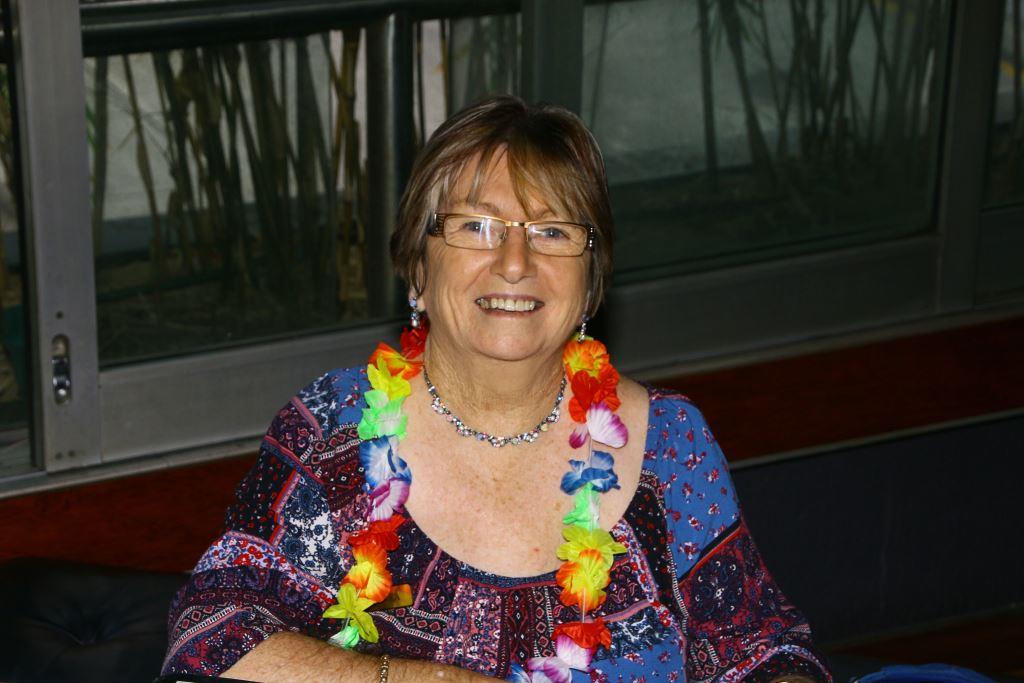
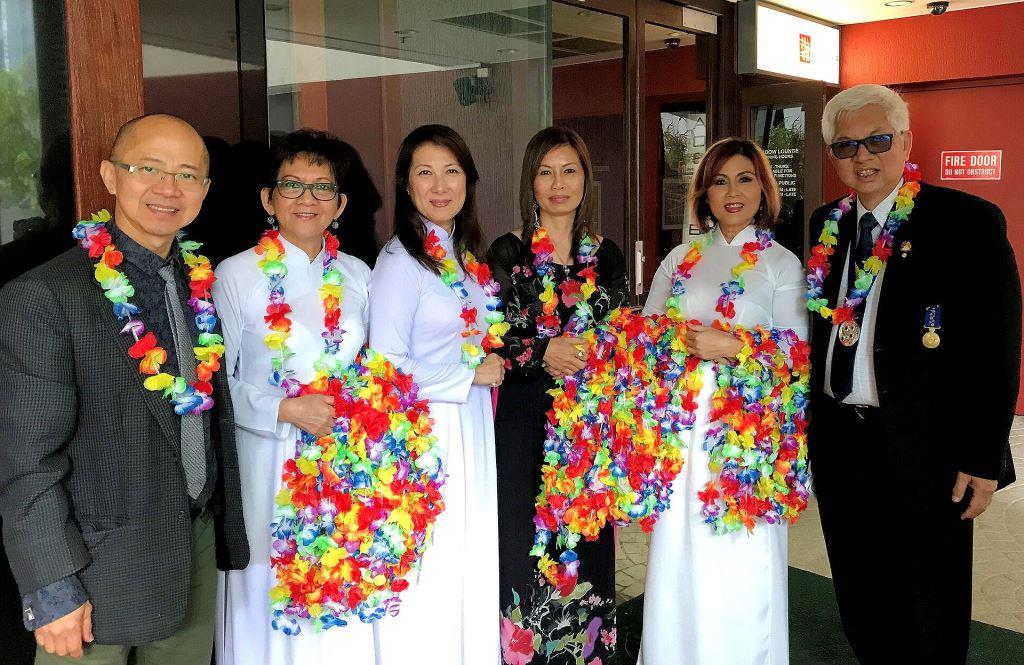
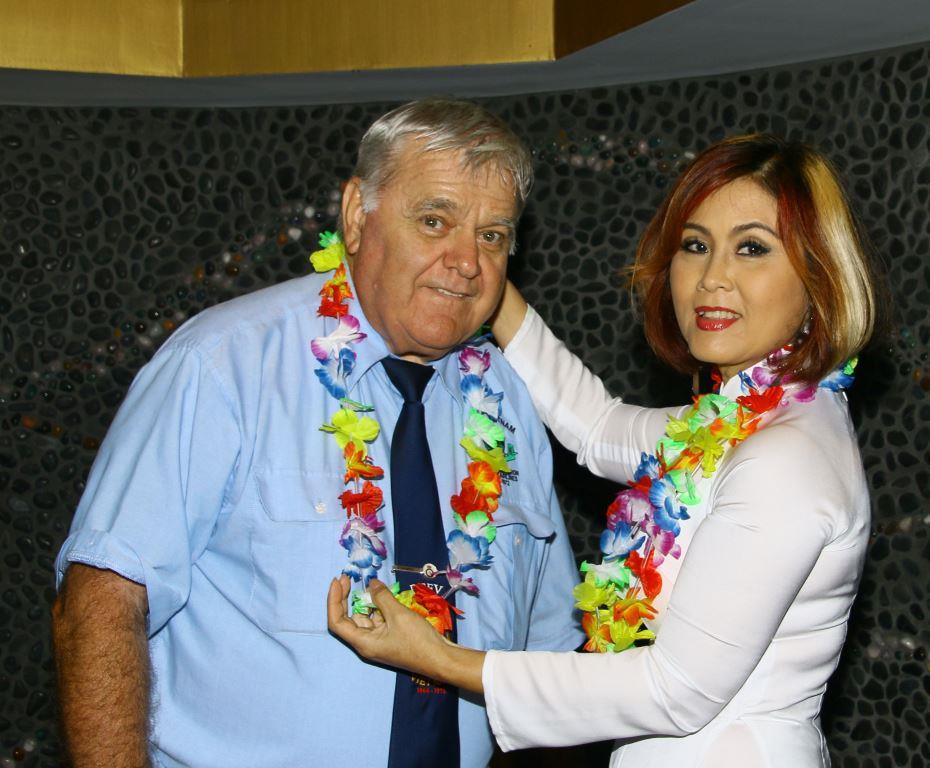
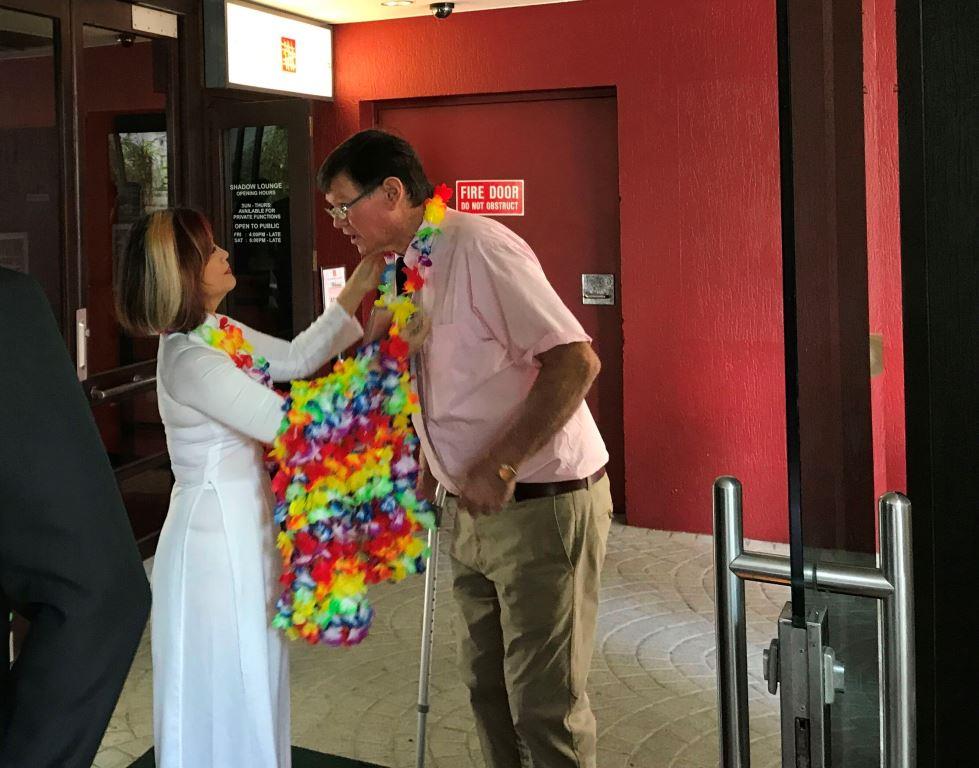
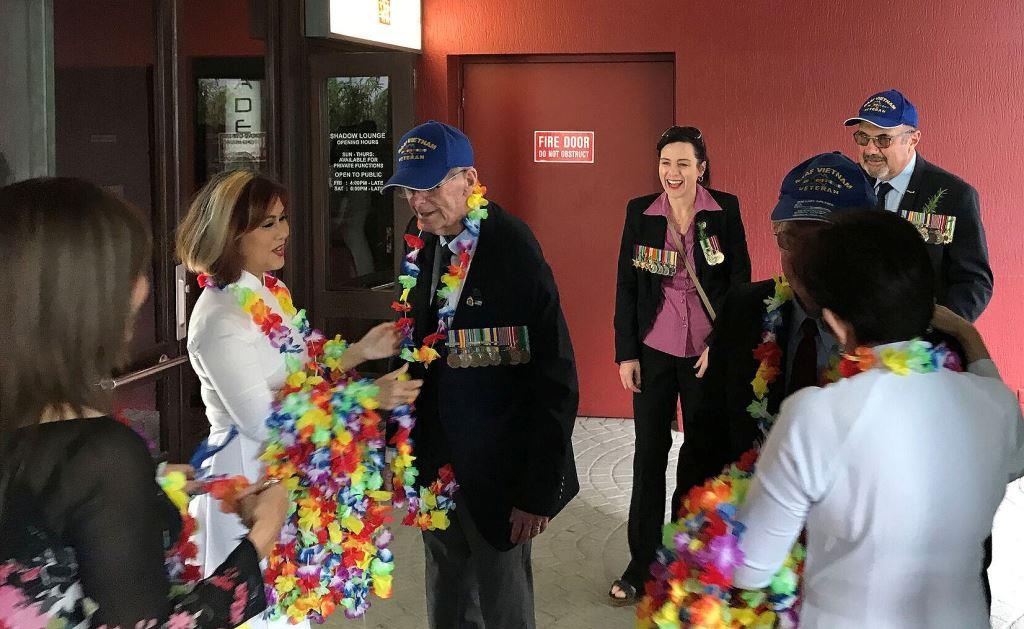
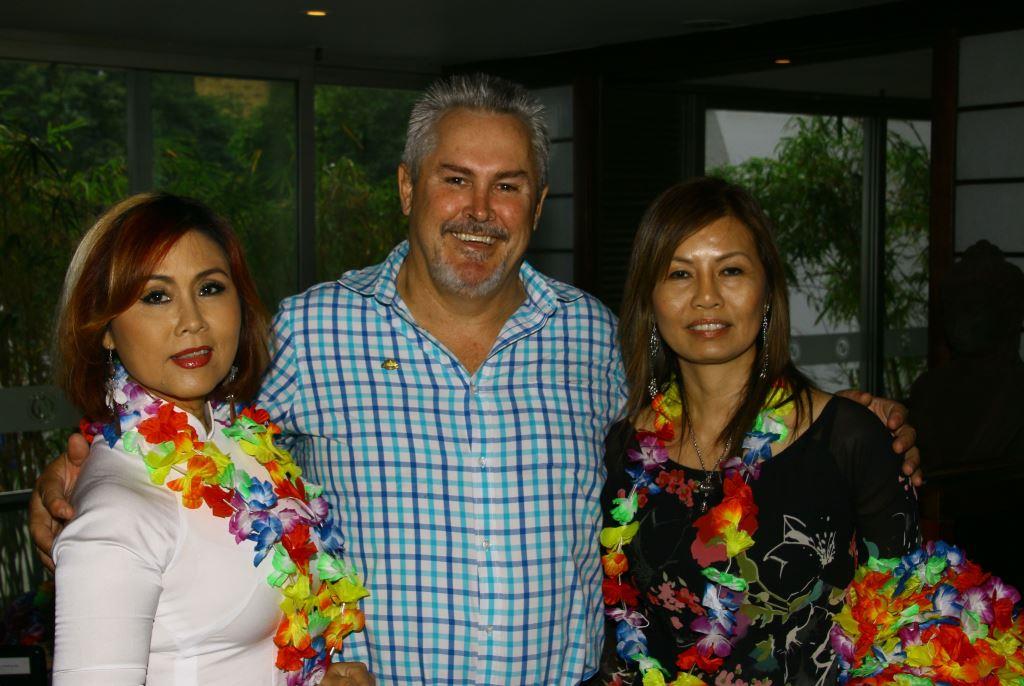
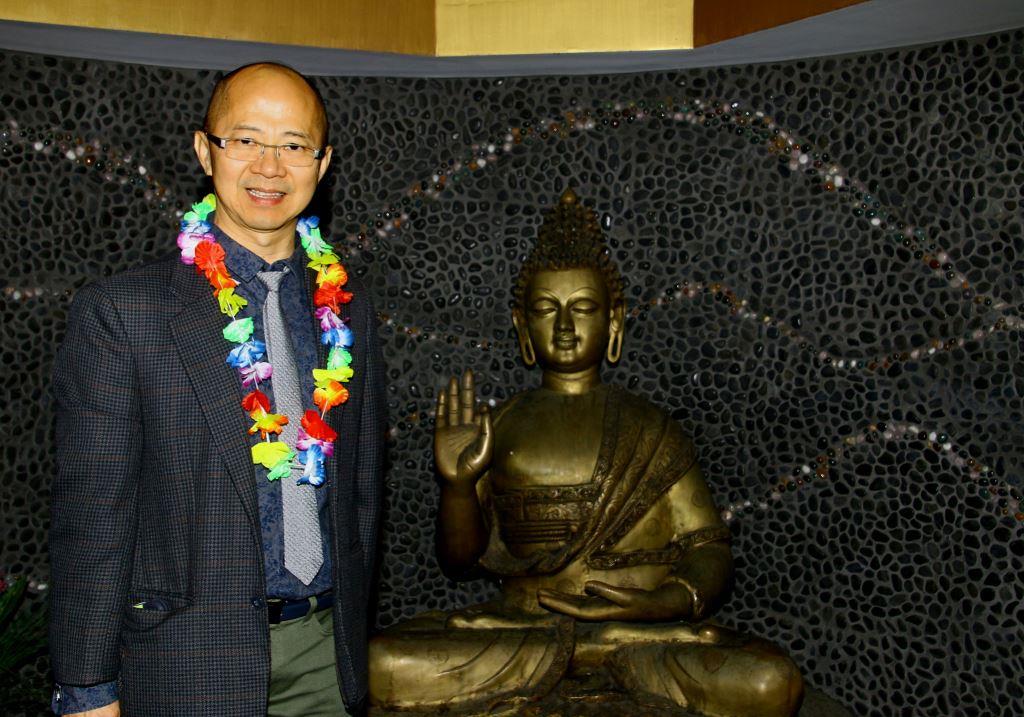
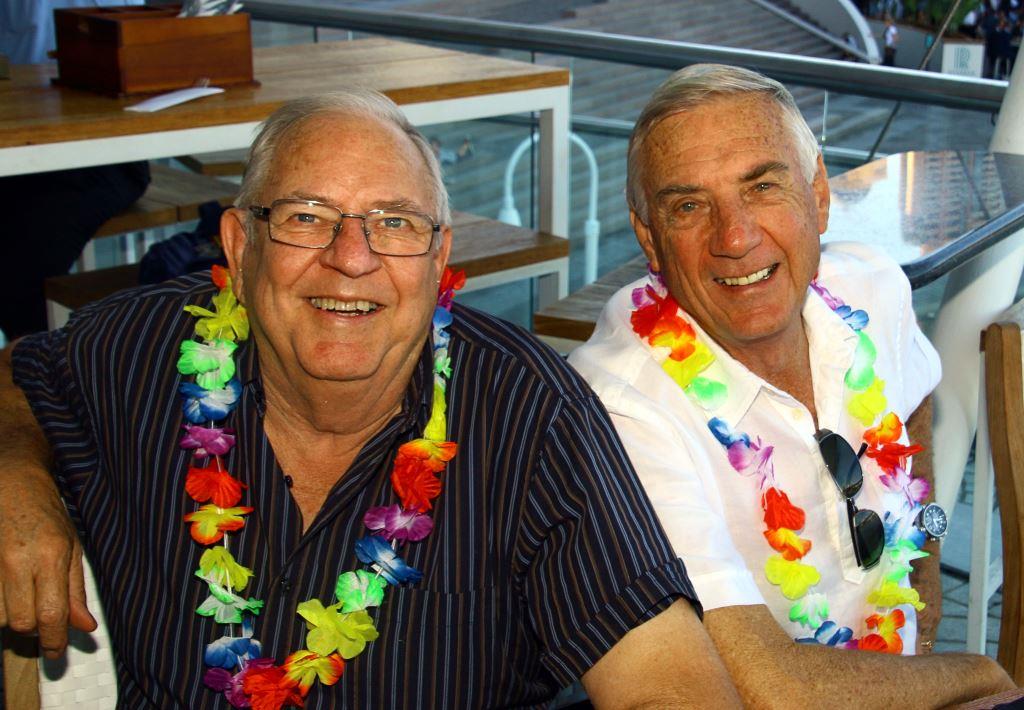
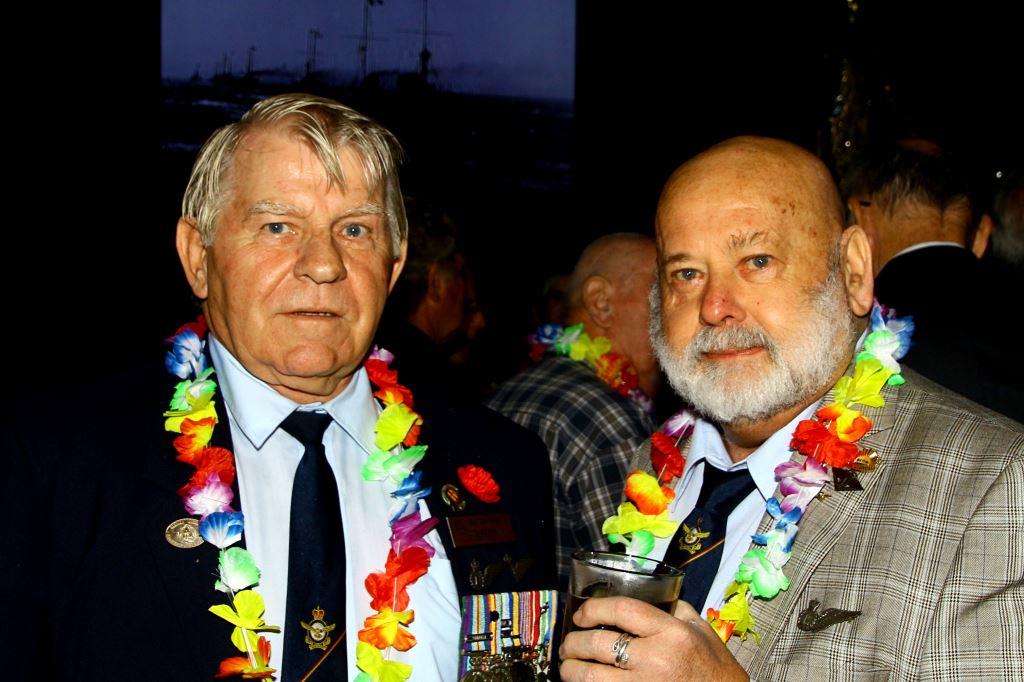
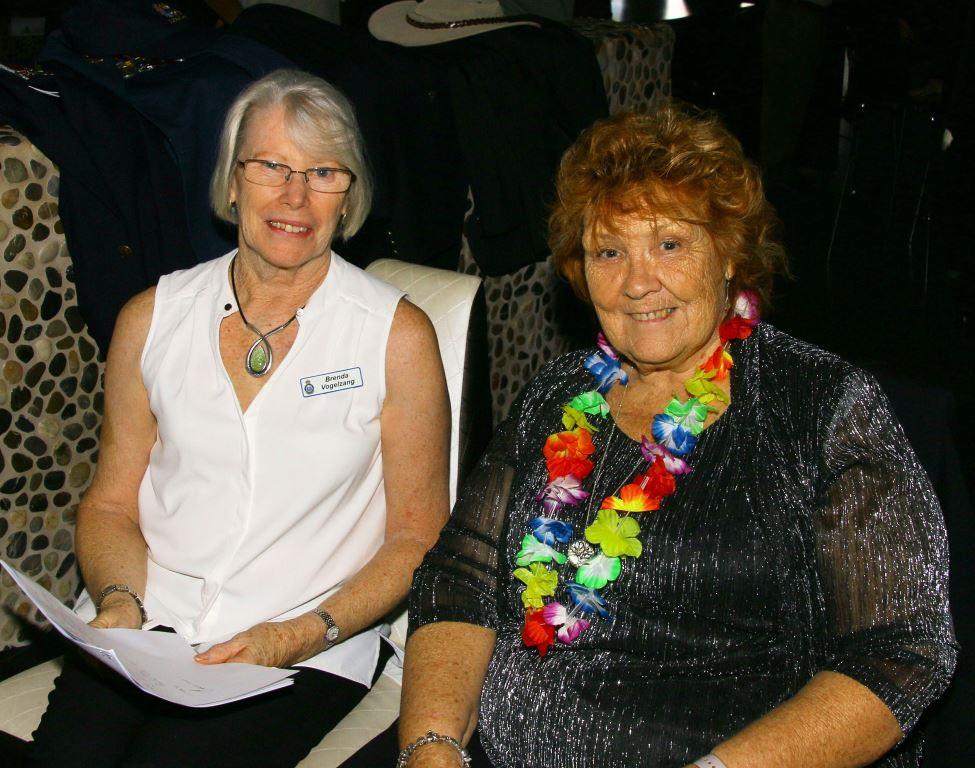
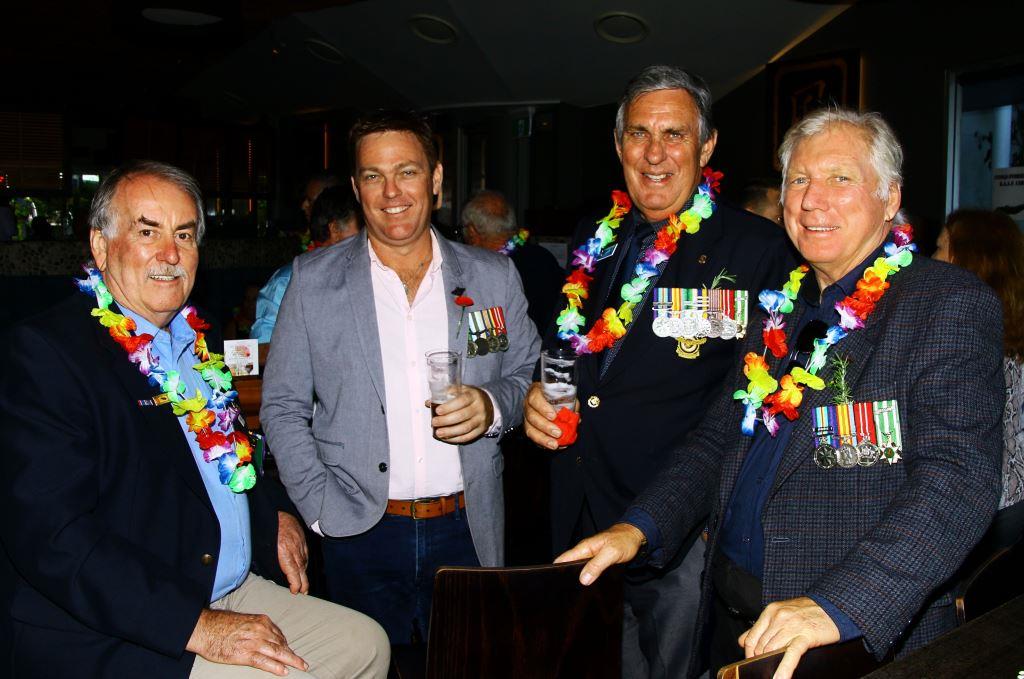
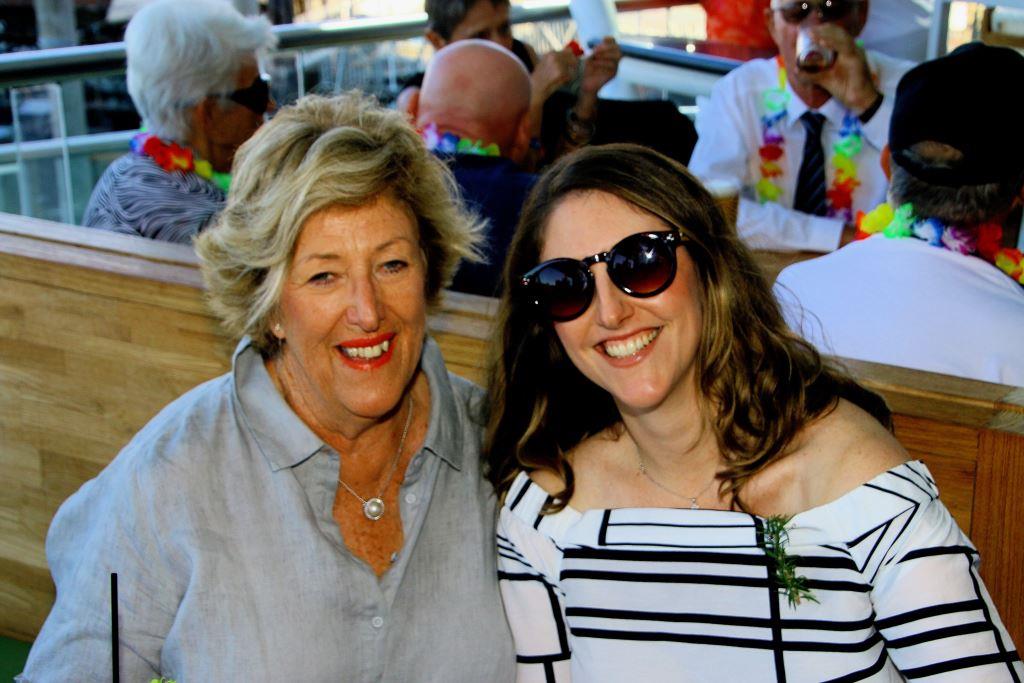
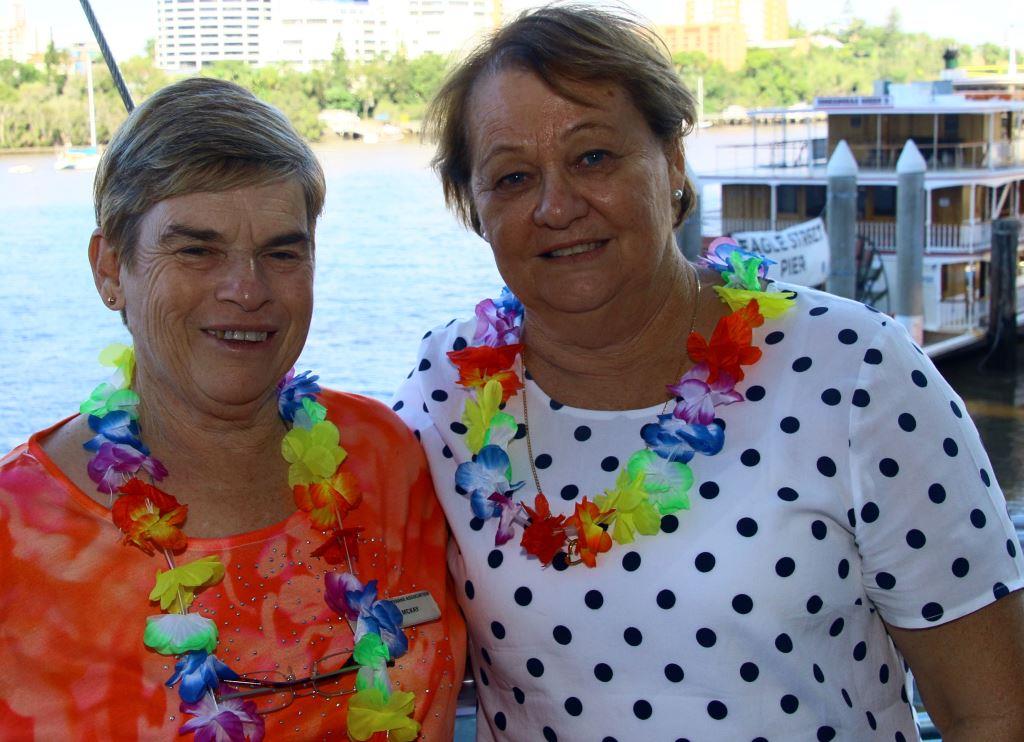
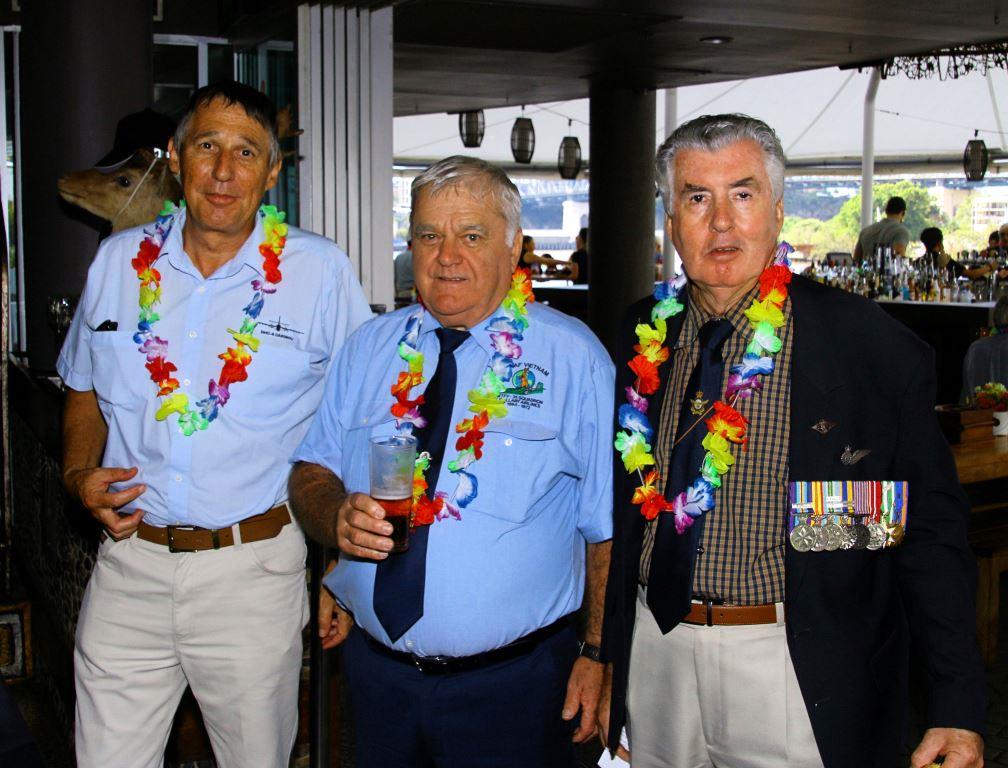
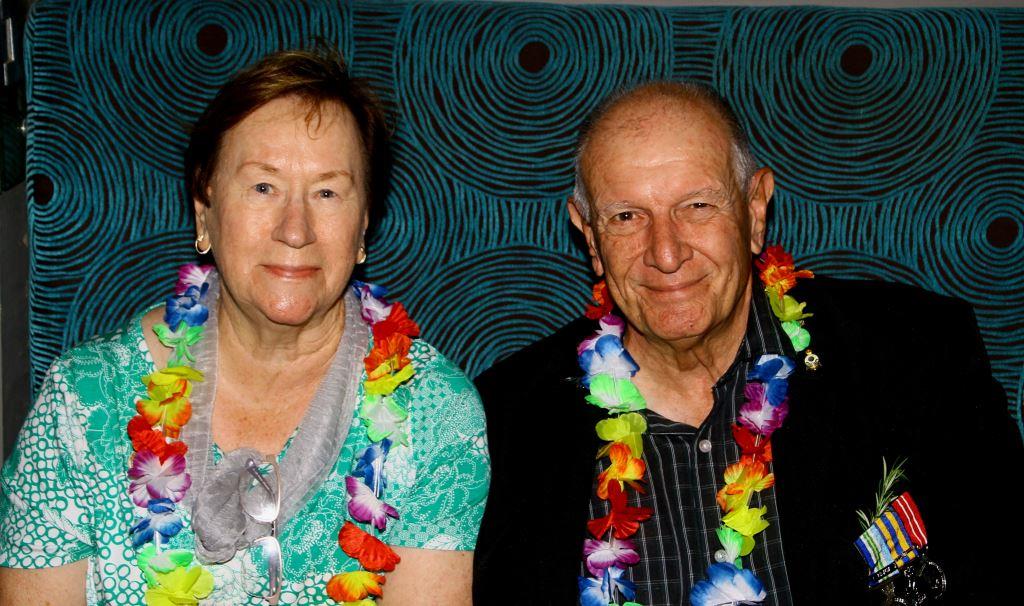
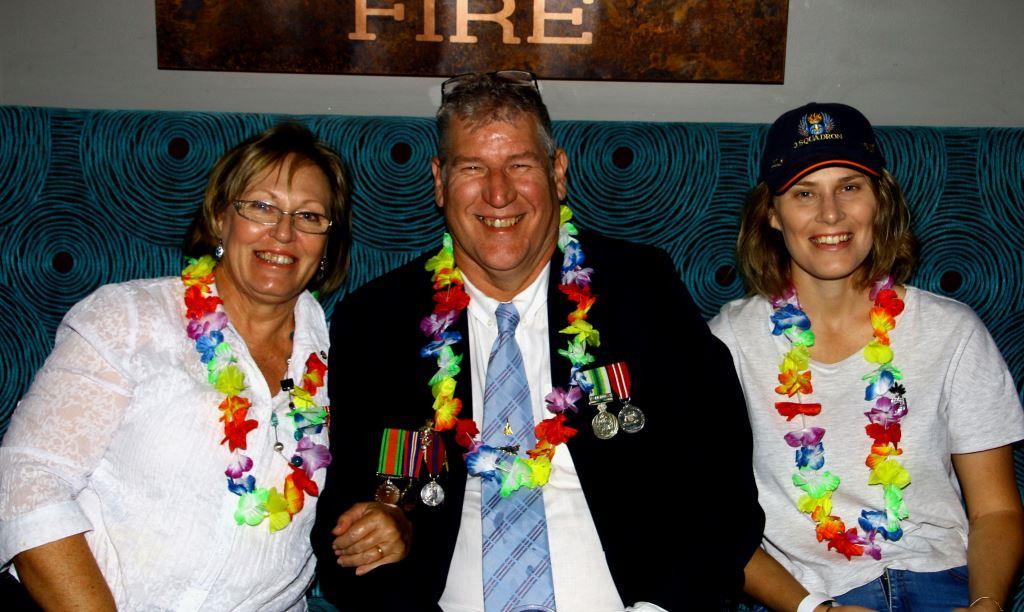
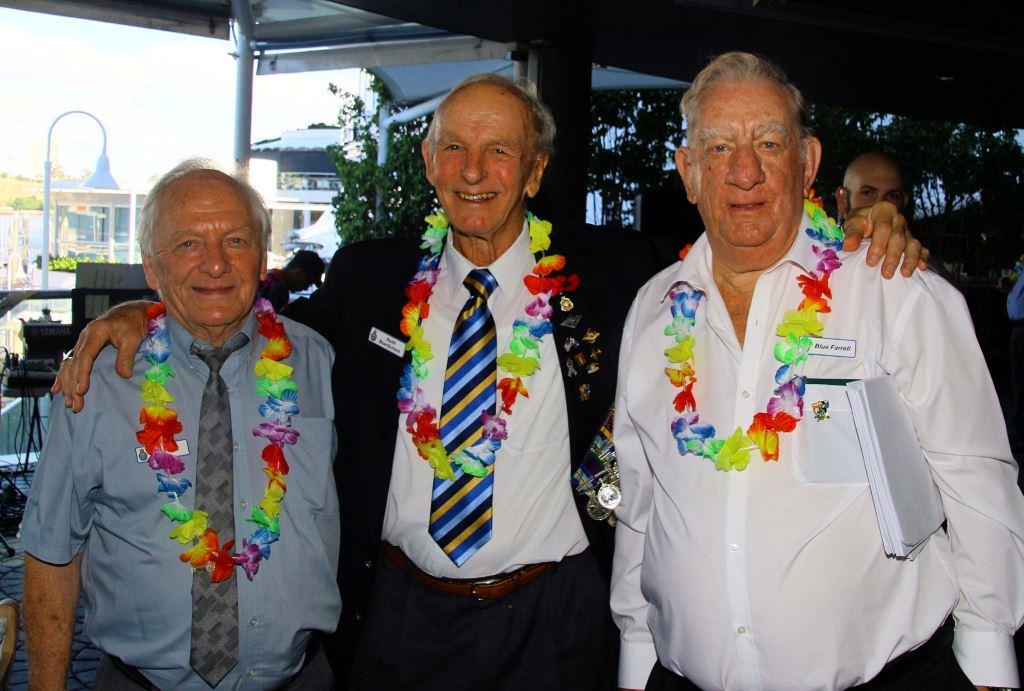
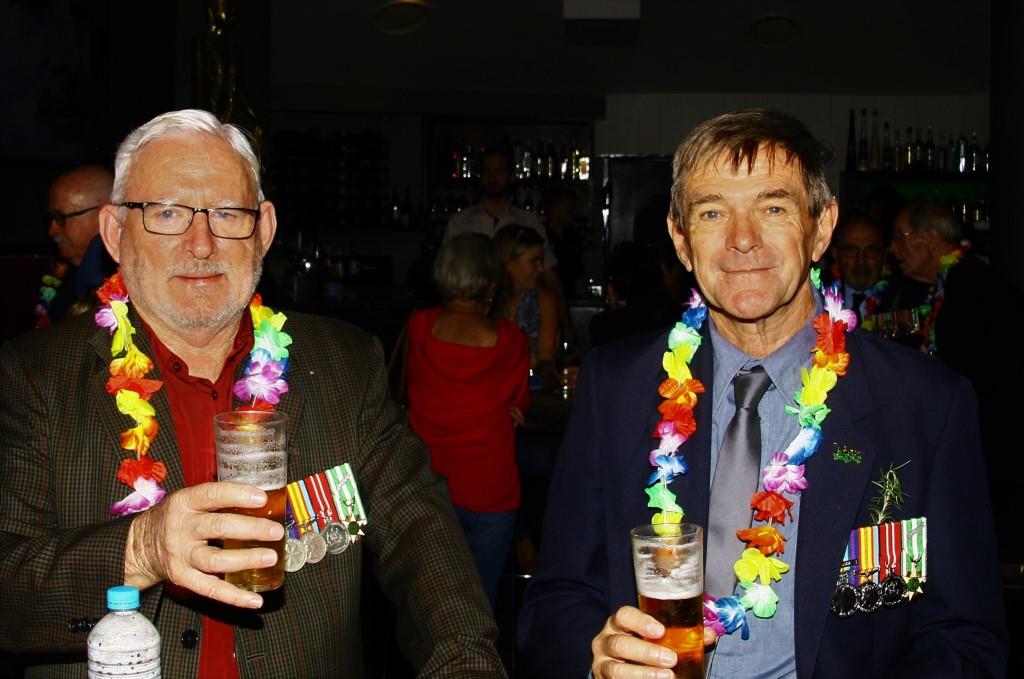
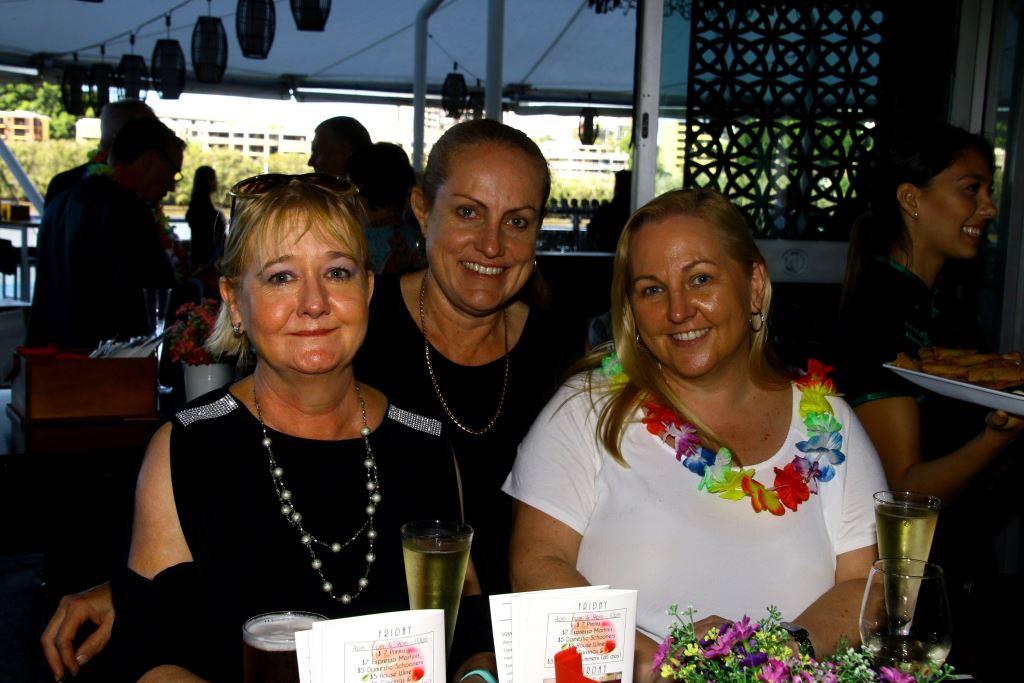
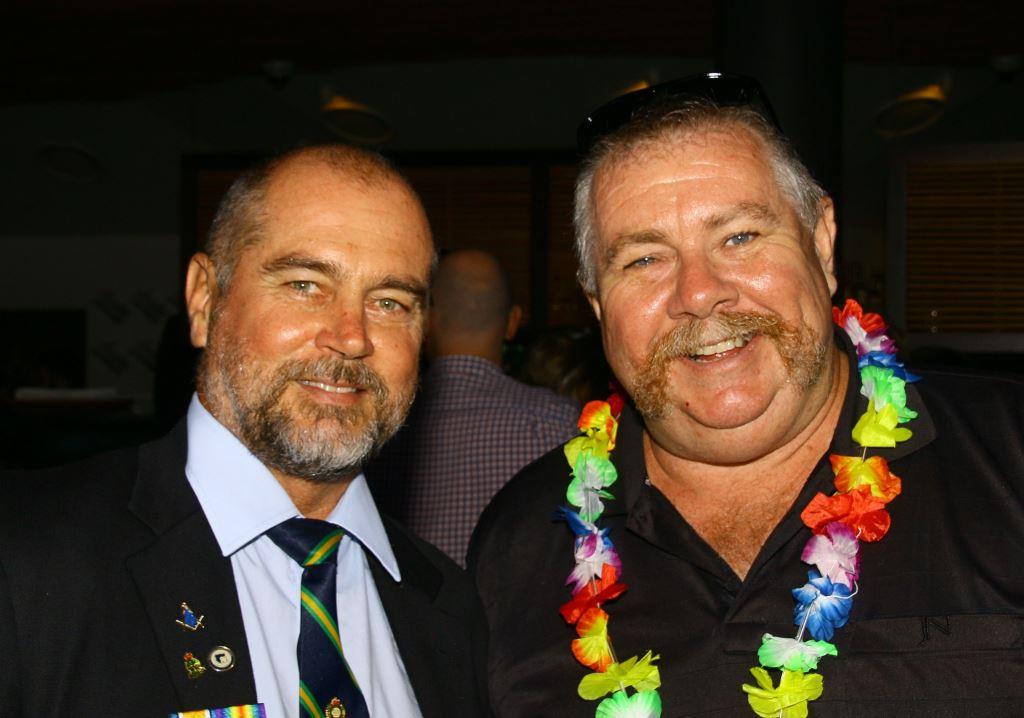
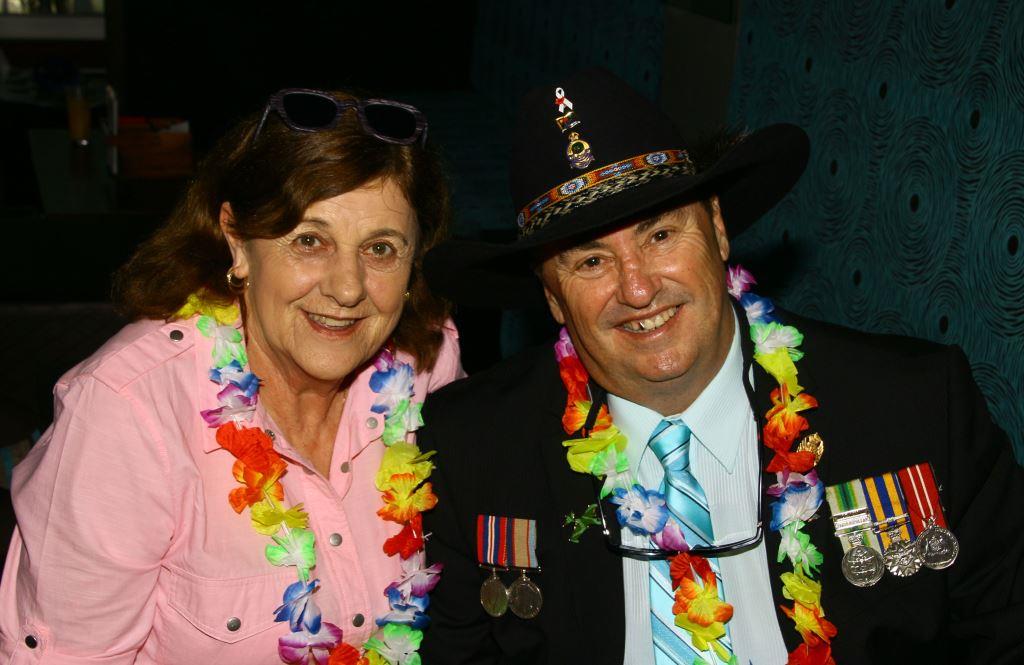
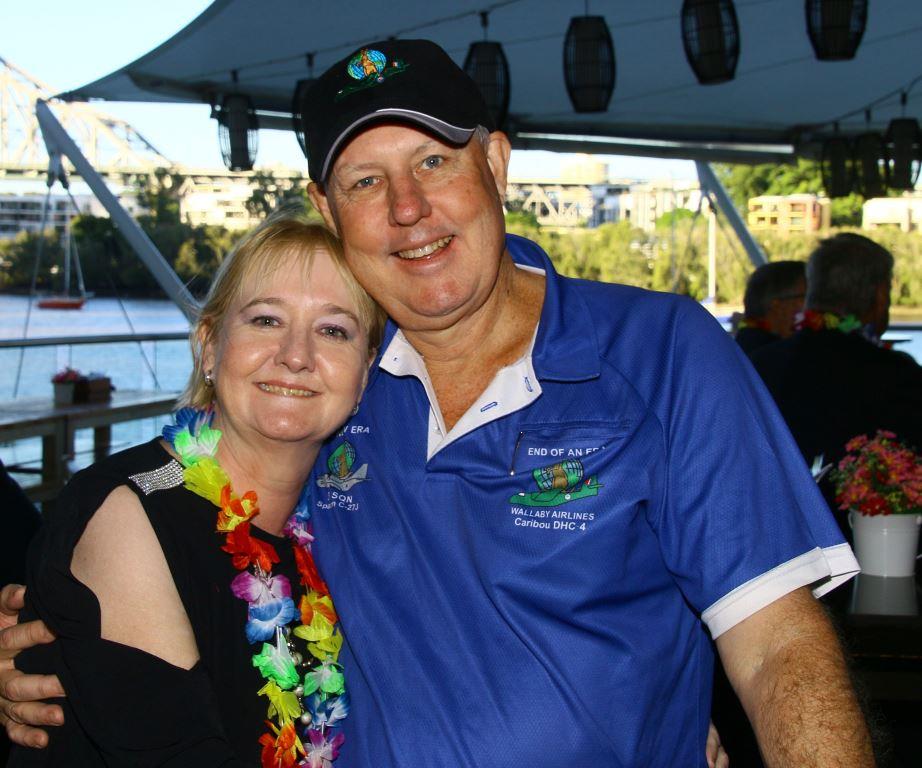
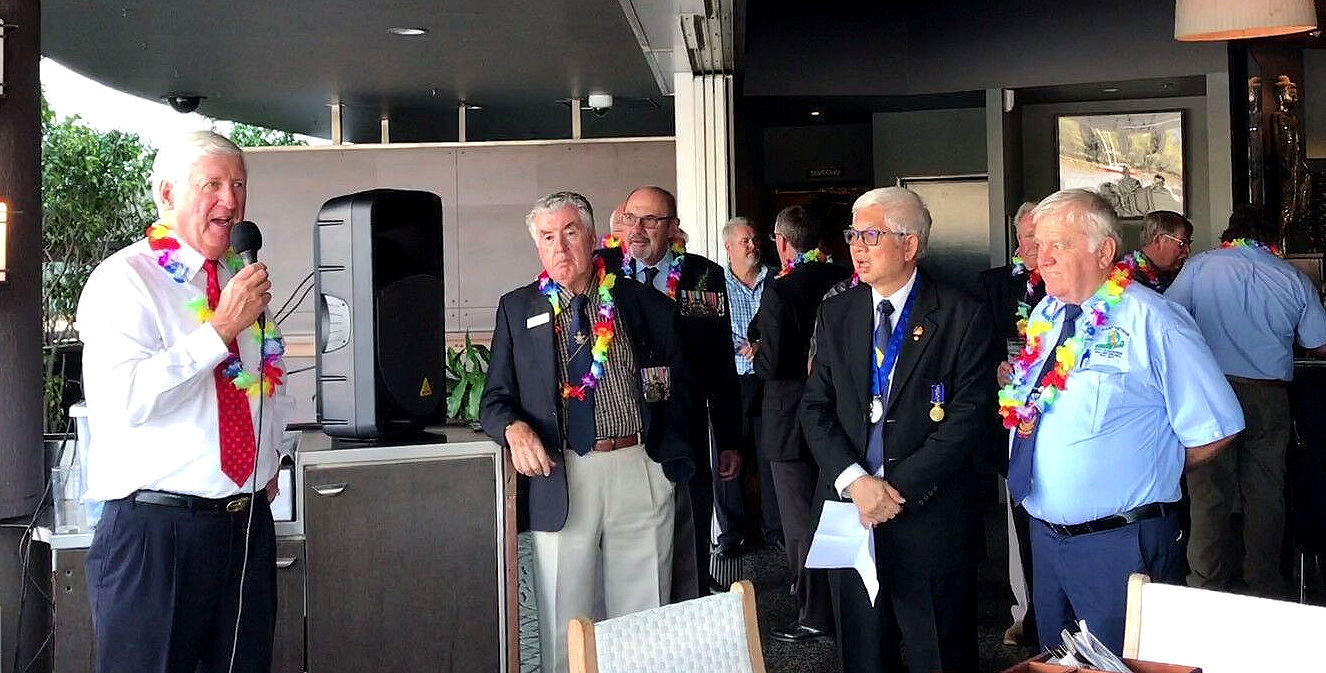
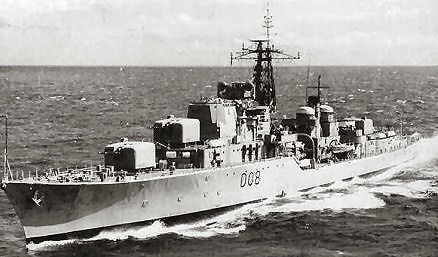 warship or establishment bearing the name “HMAS VENDETTA”. In 1995, the
Association extended its membership to include any ex-service
personnel who had served in any Australian warship or establishment
bearing the name “HMAS VENDETTA”. There were two ships to serve in the
Royal Australian Navy named HMAS VENDETTA, the first was HMS Vendetta
(1917-33) then HMAS Vendetta (1933-45), a “V” Class destroyer and part
of the
warship or establishment bearing the name “HMAS VENDETTA”. In 1995, the
Association extended its membership to include any ex-service
personnel who had served in any Australian warship or establishment
bearing the name “HMAS VENDETTA”. There were two ships to serve in the
Royal Australian Navy named HMAS VENDETTA, the first was HMS Vendetta
(1917-33) then HMAS Vendetta (1933-45), a “V” Class destroyer and part
of the
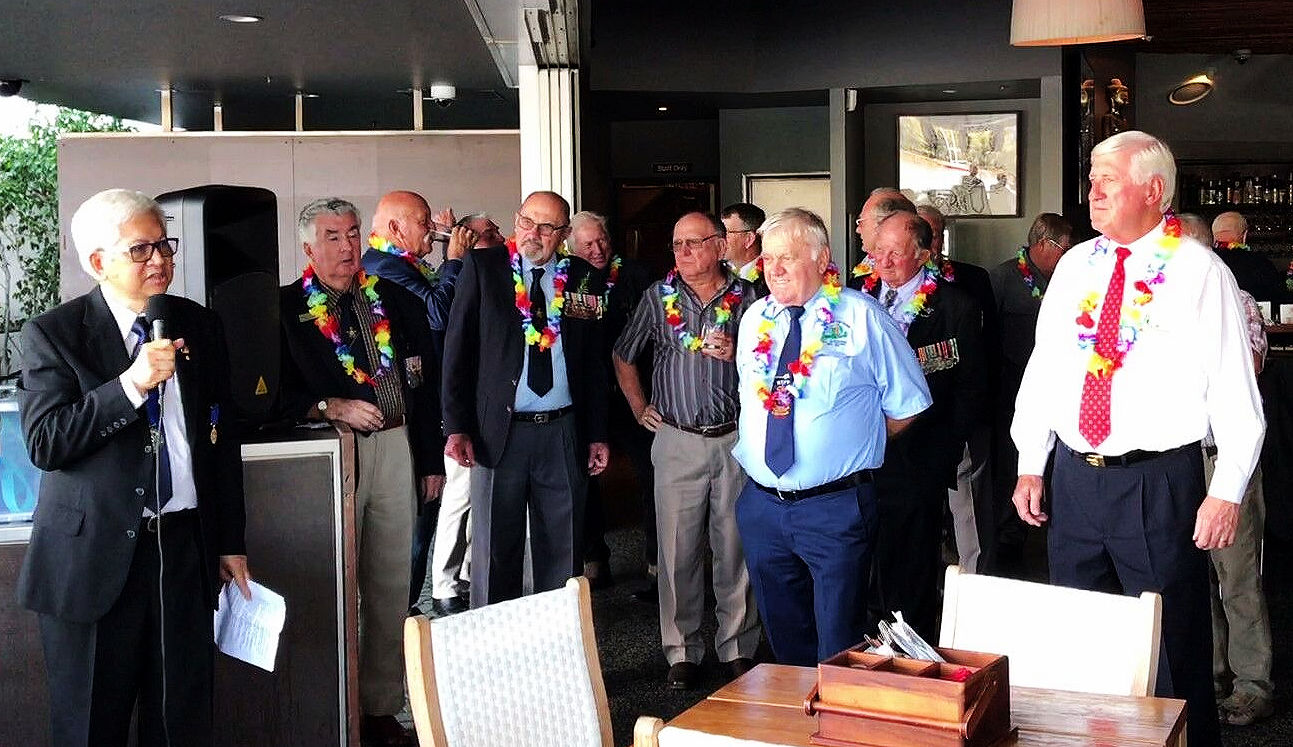
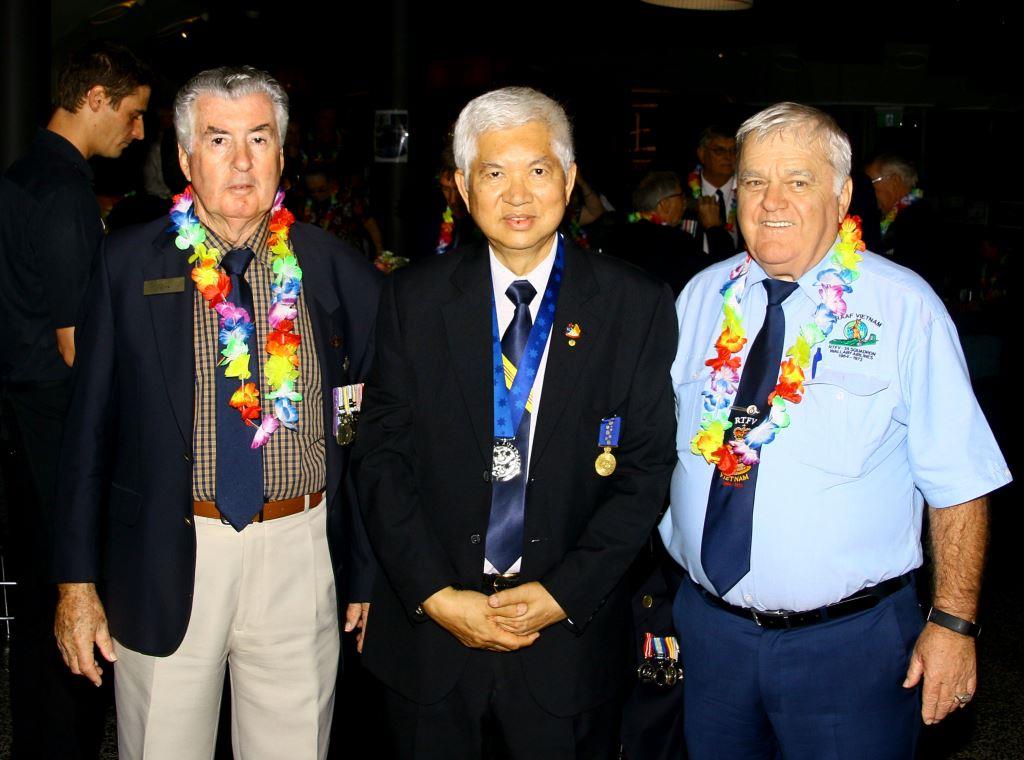
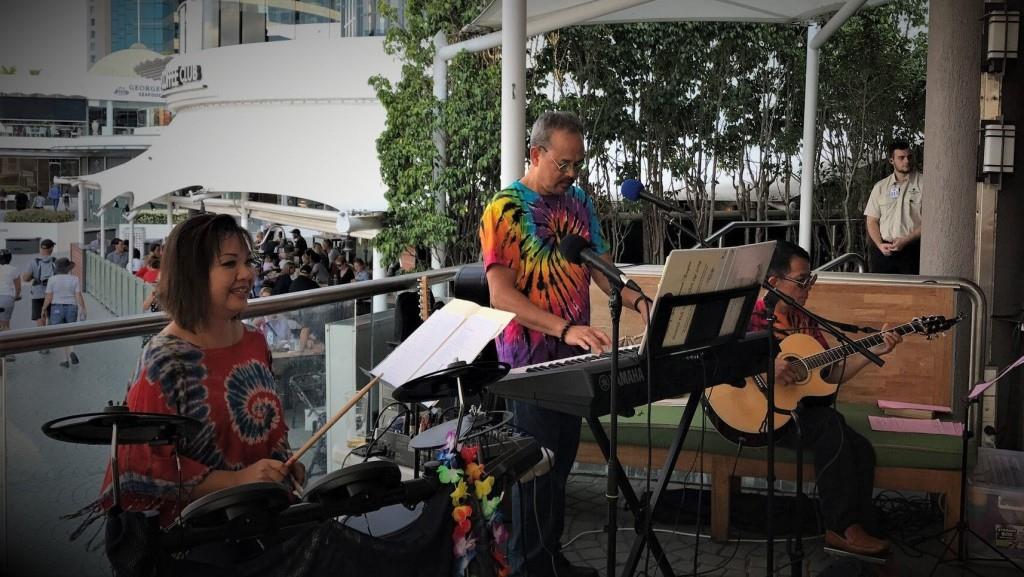
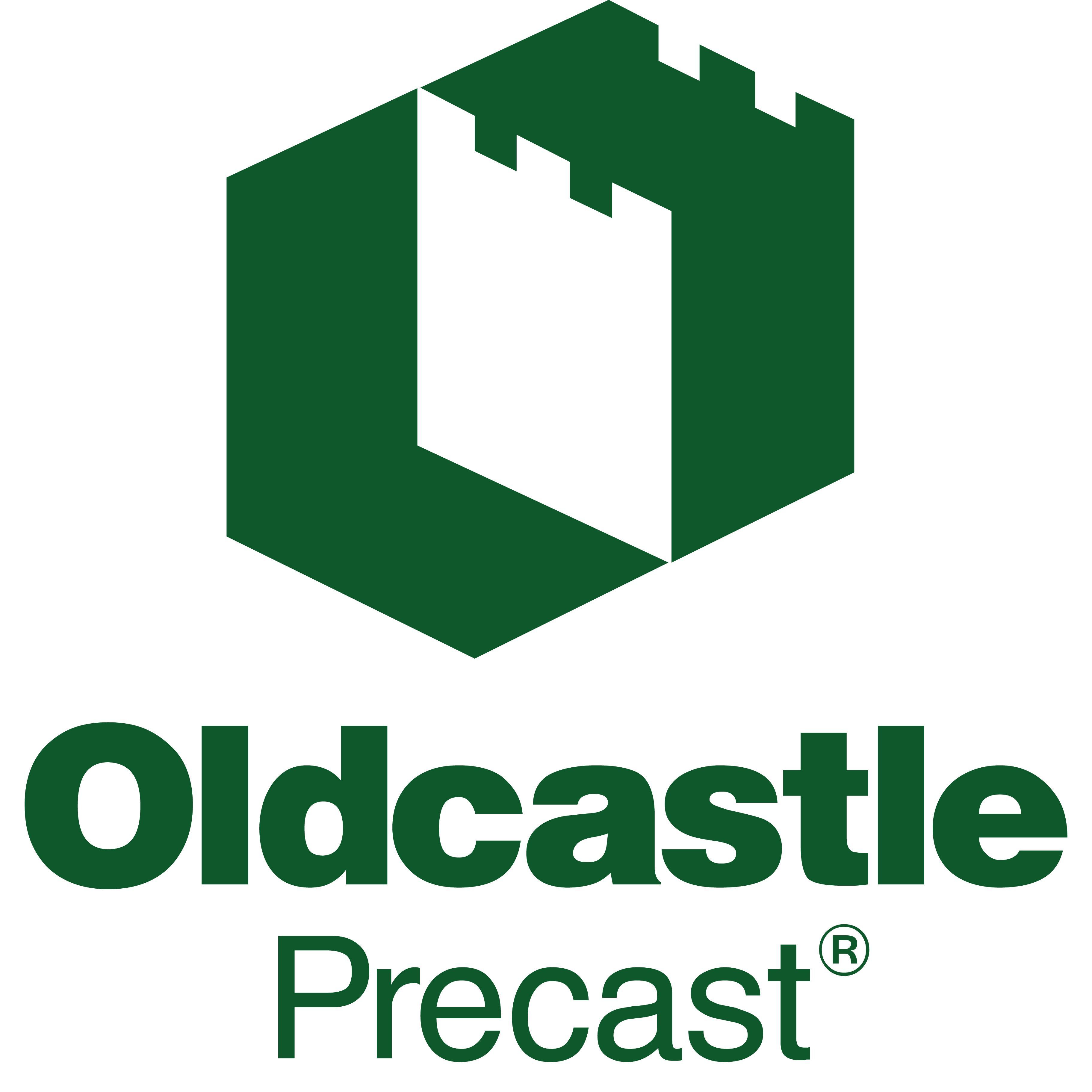 a
BS degree in Mechanical Engineering. His first major job as a design
engineer was with PPG Industries (paint, and glass, and chemicals) and
from 2000 until now, has worked with Oldcastle Precast, as a senior
design engineer.
a
BS degree in Mechanical Engineering. His first major job as a design
engineer was with PPG Industries (paint, and glass, and chemicals) and
from 2000 until now, has worked with Oldcastle Precast, as a senior
design engineer.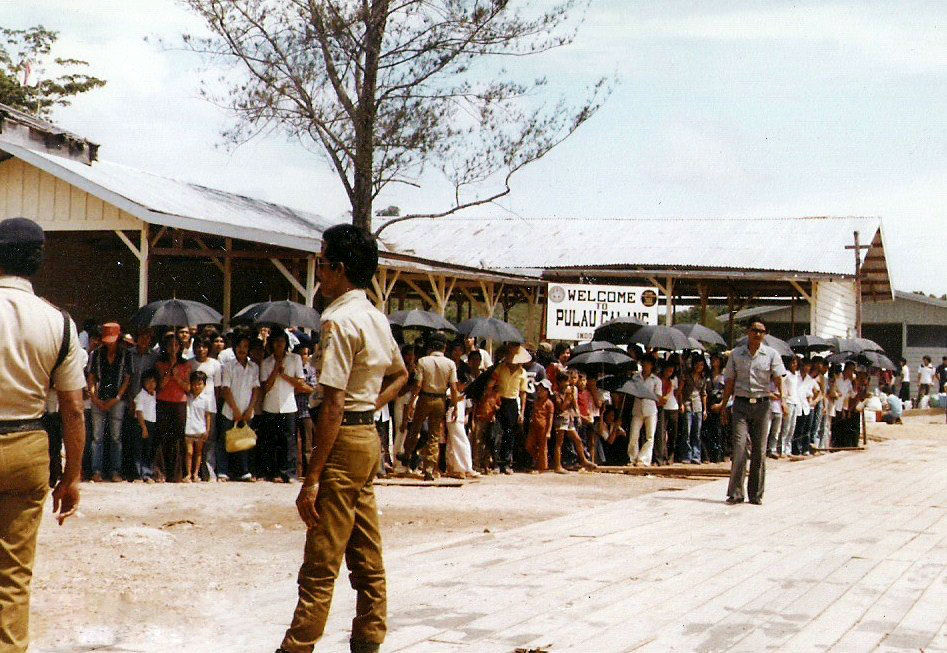
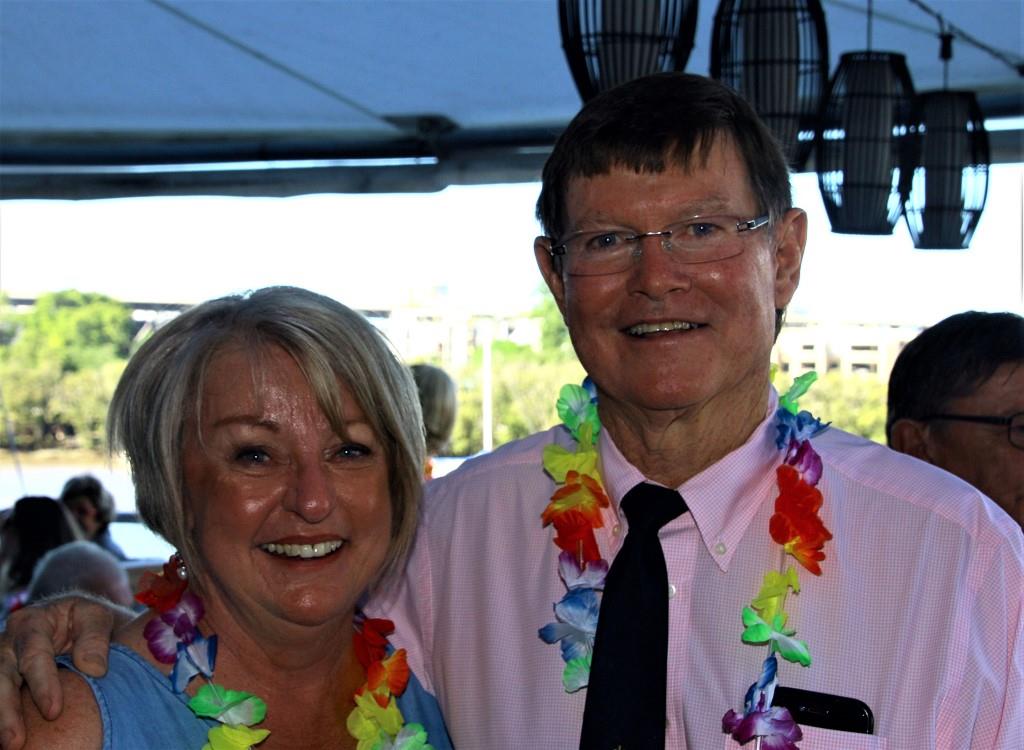
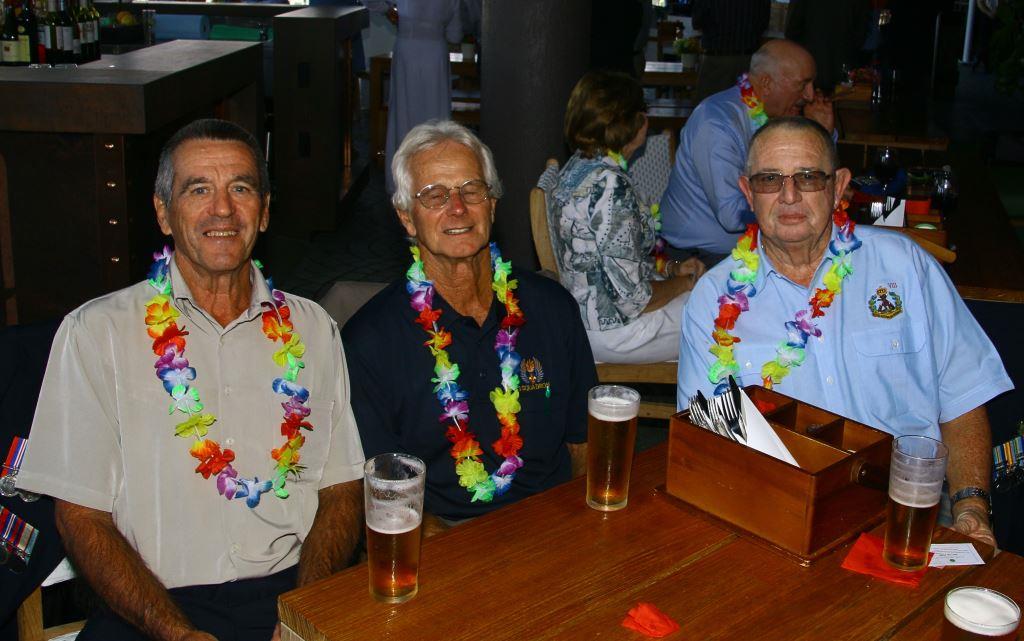
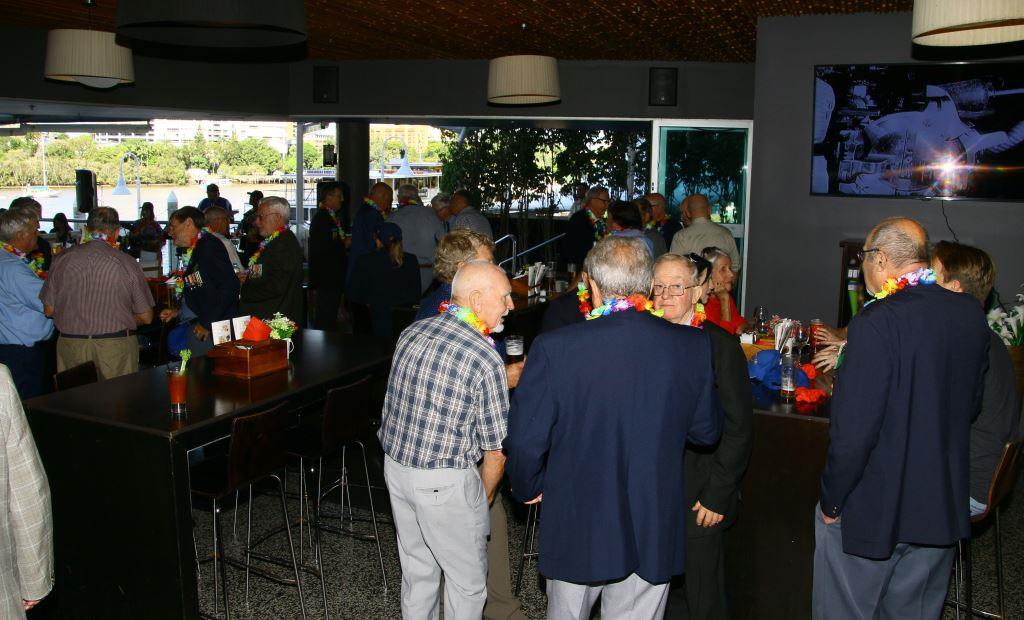
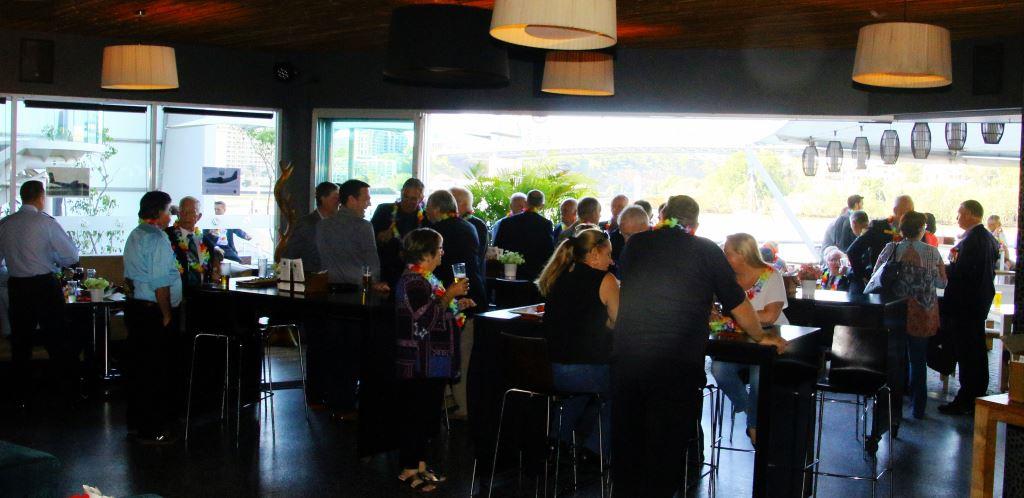
%20Rich%20a.jpg)
